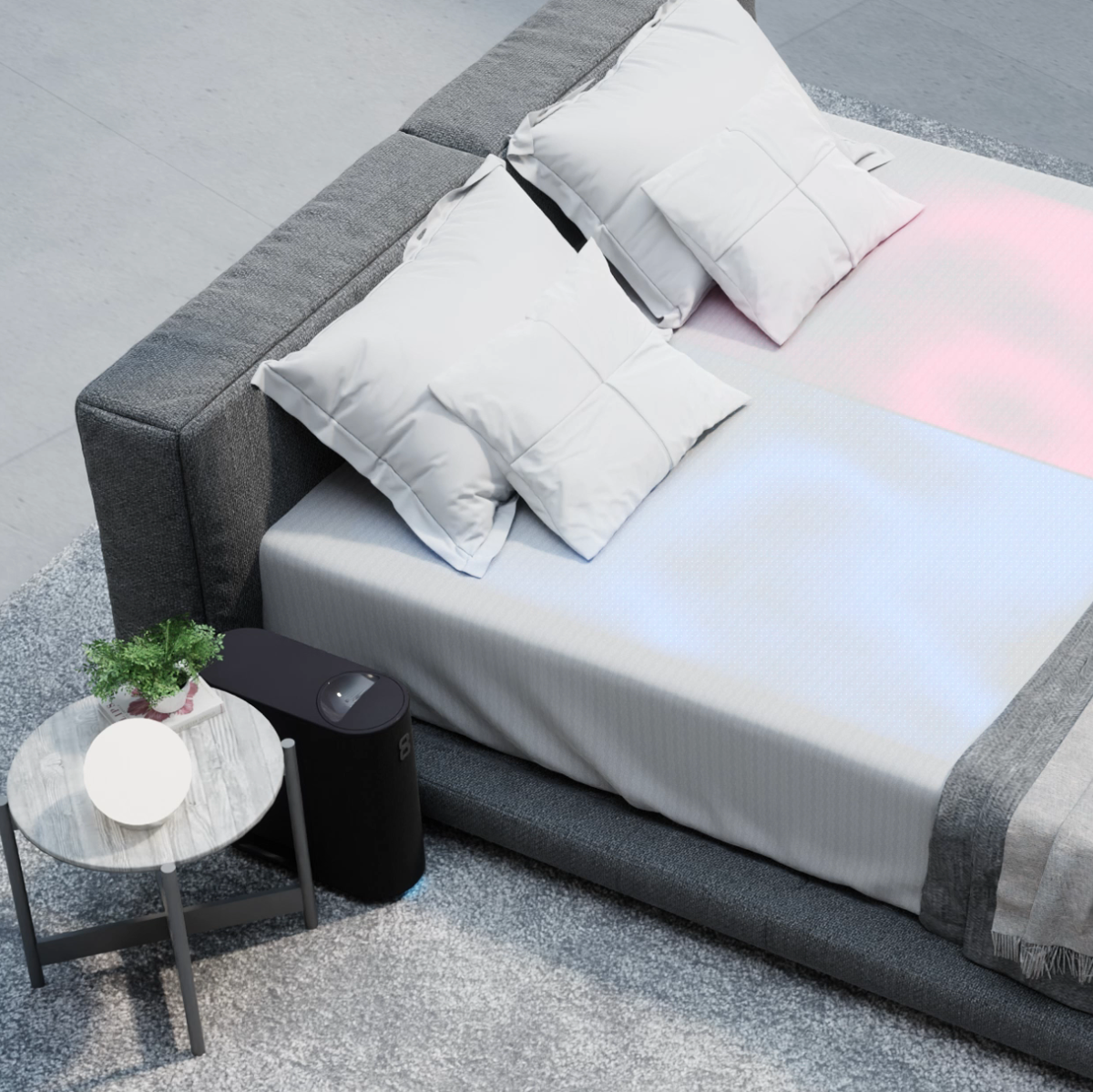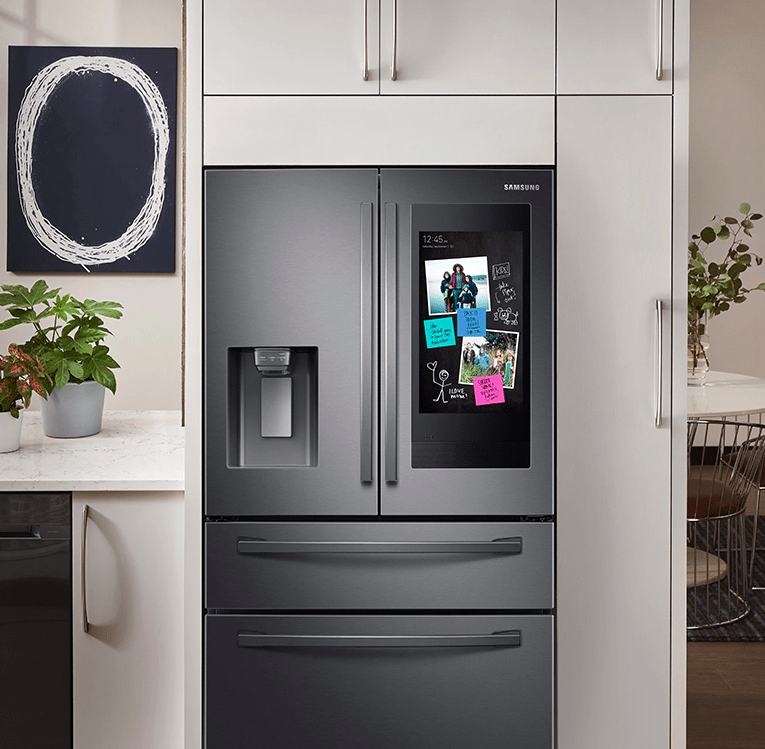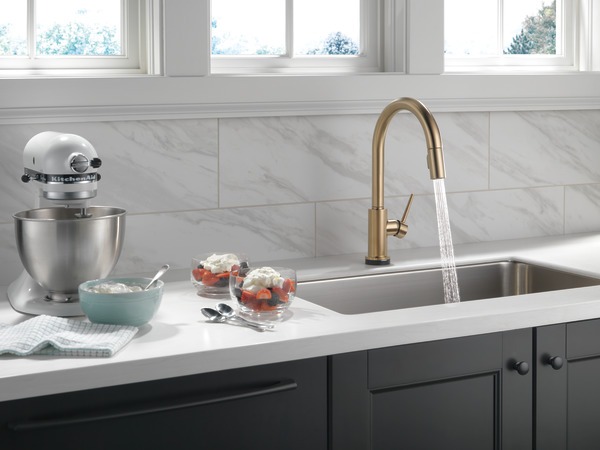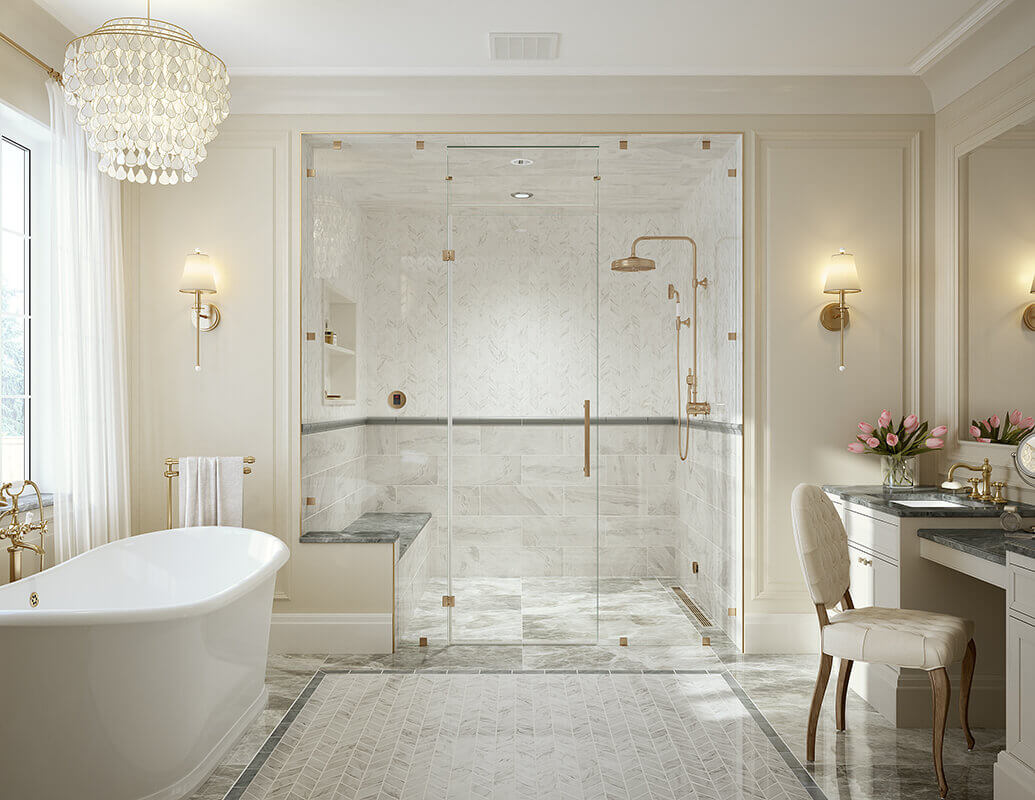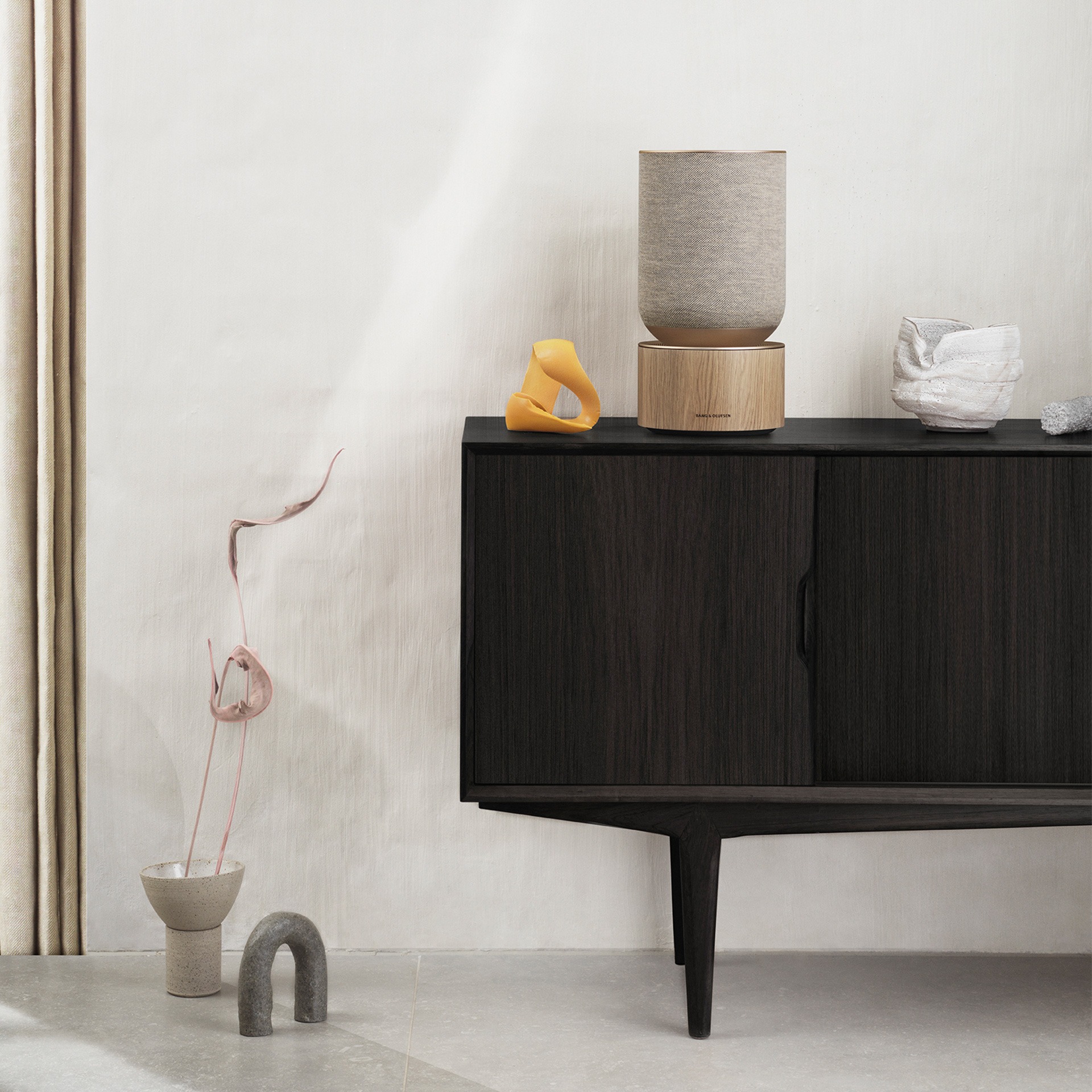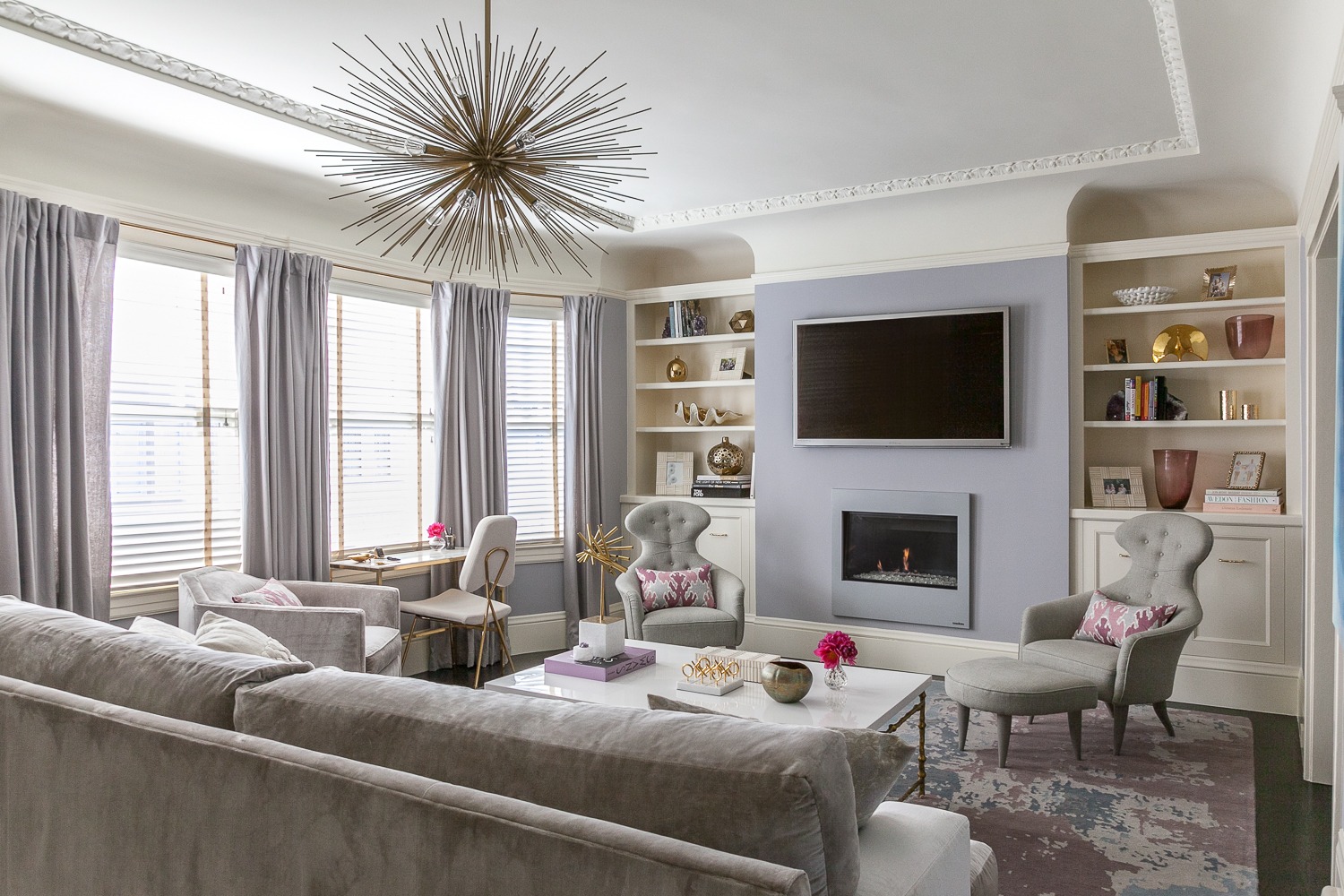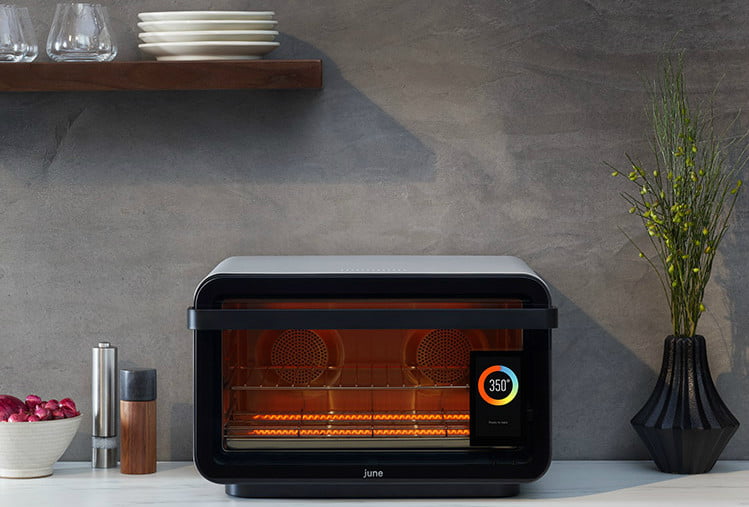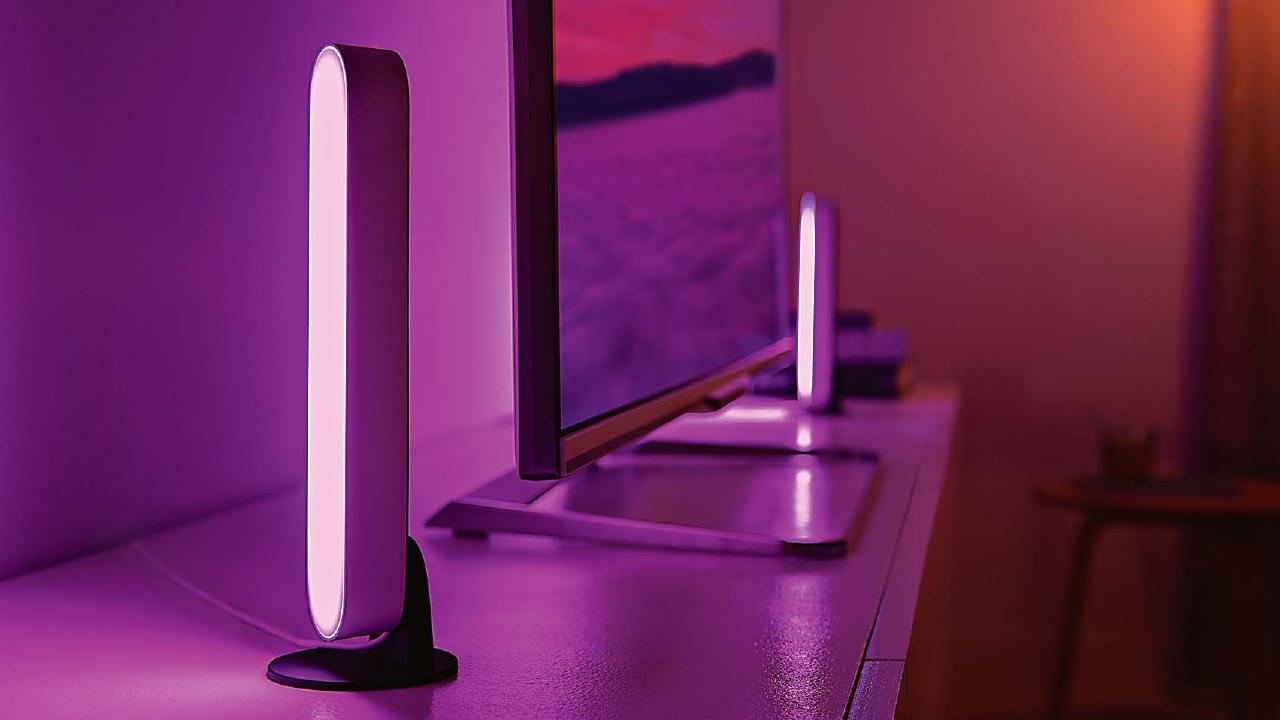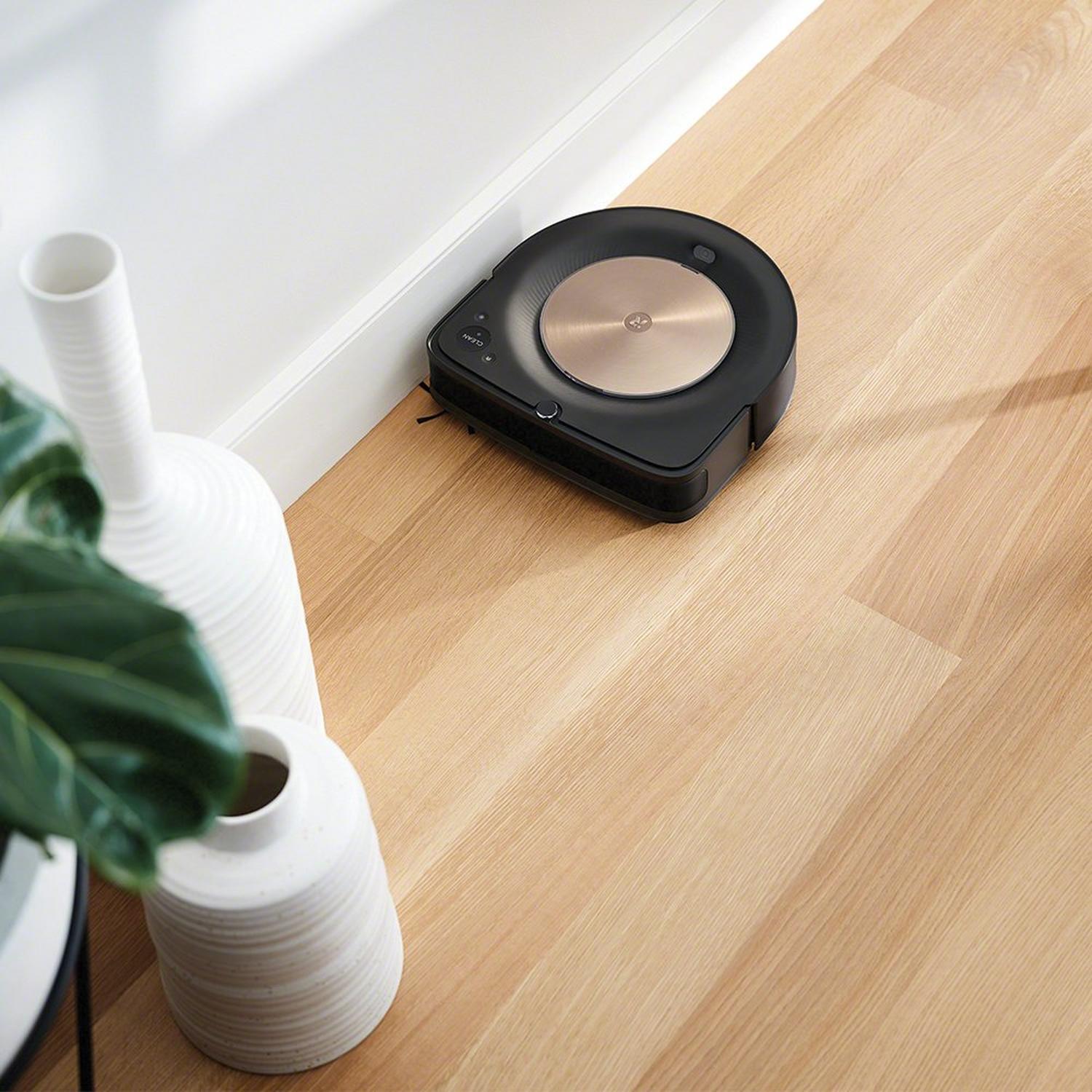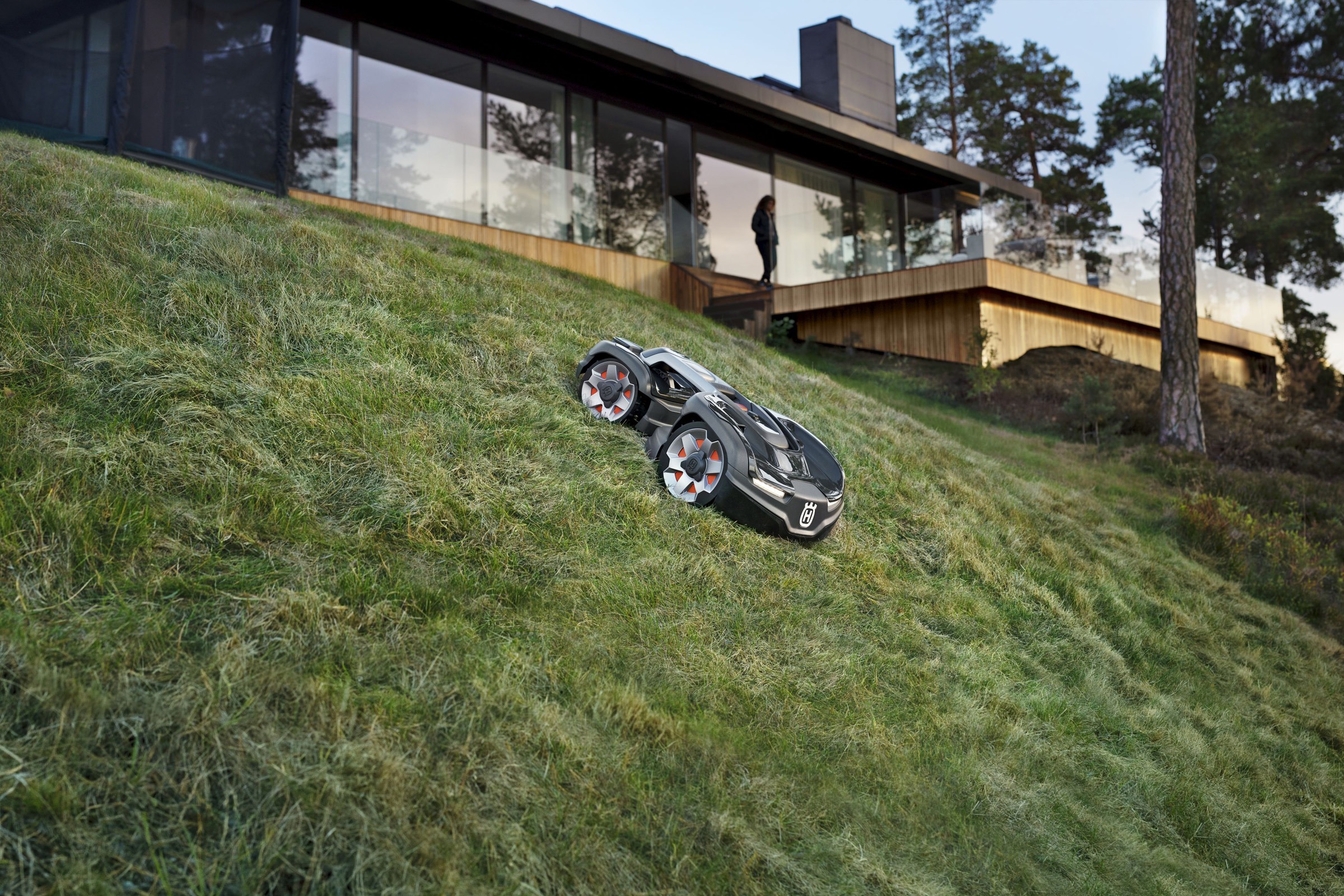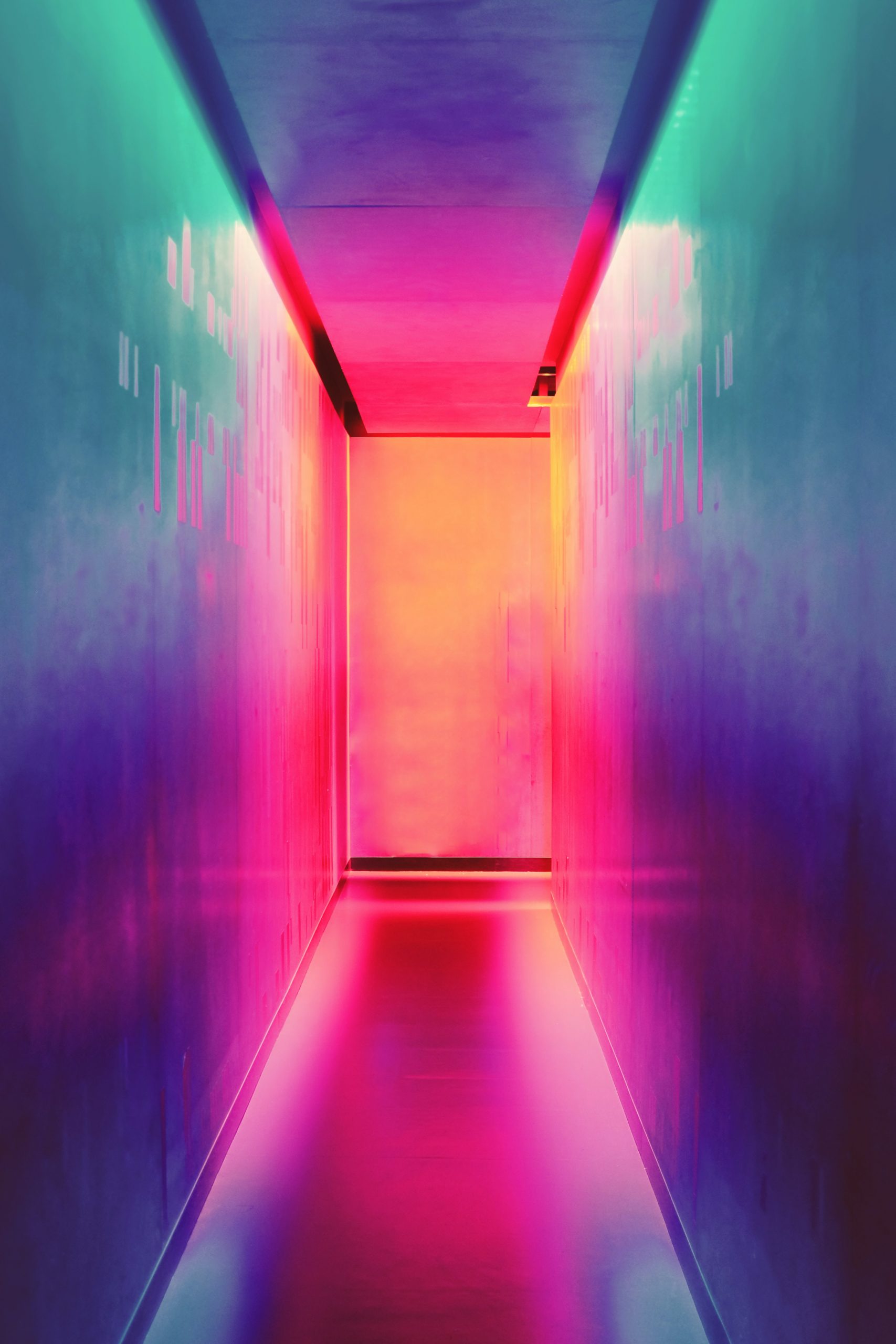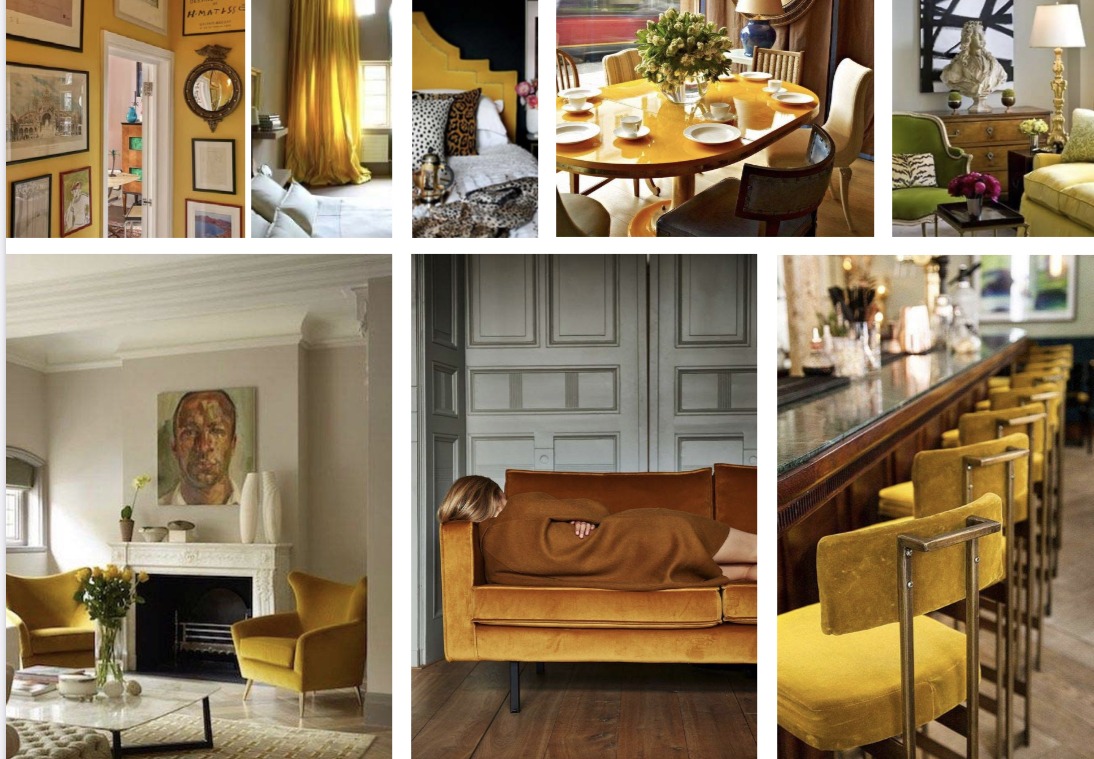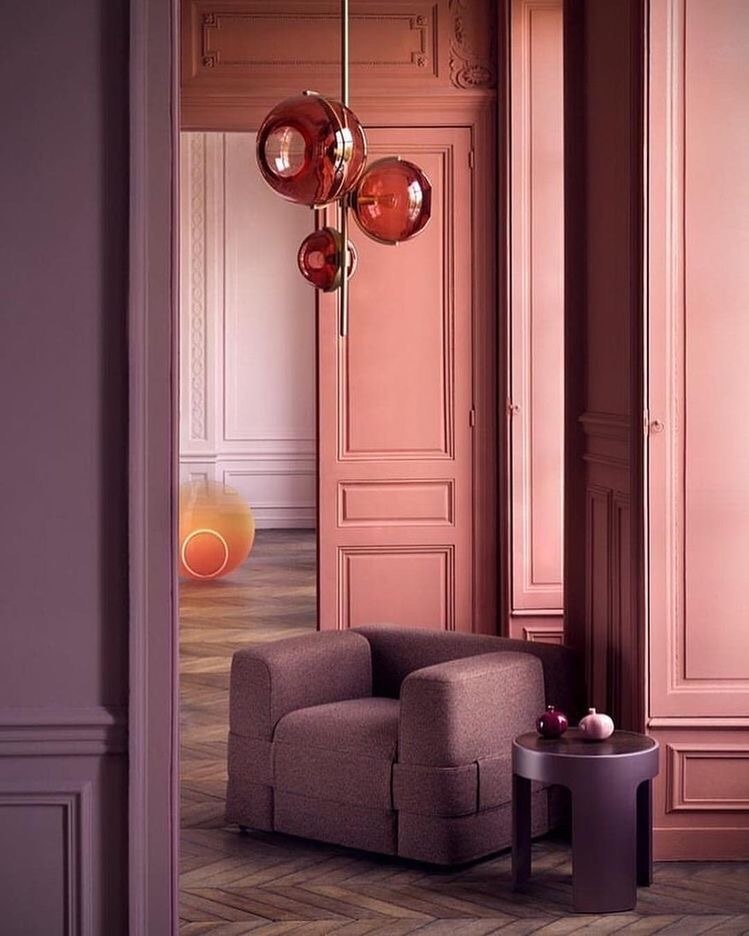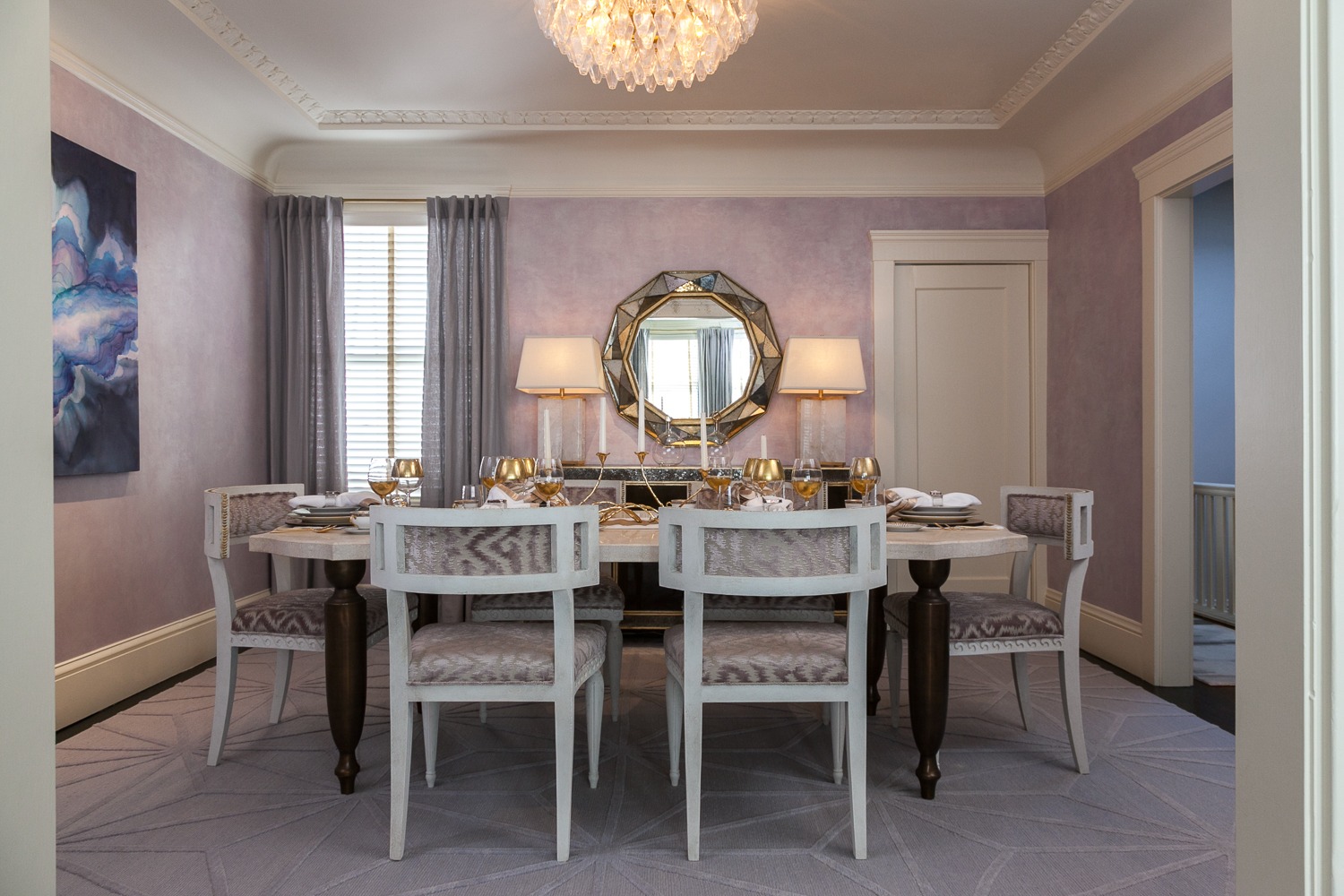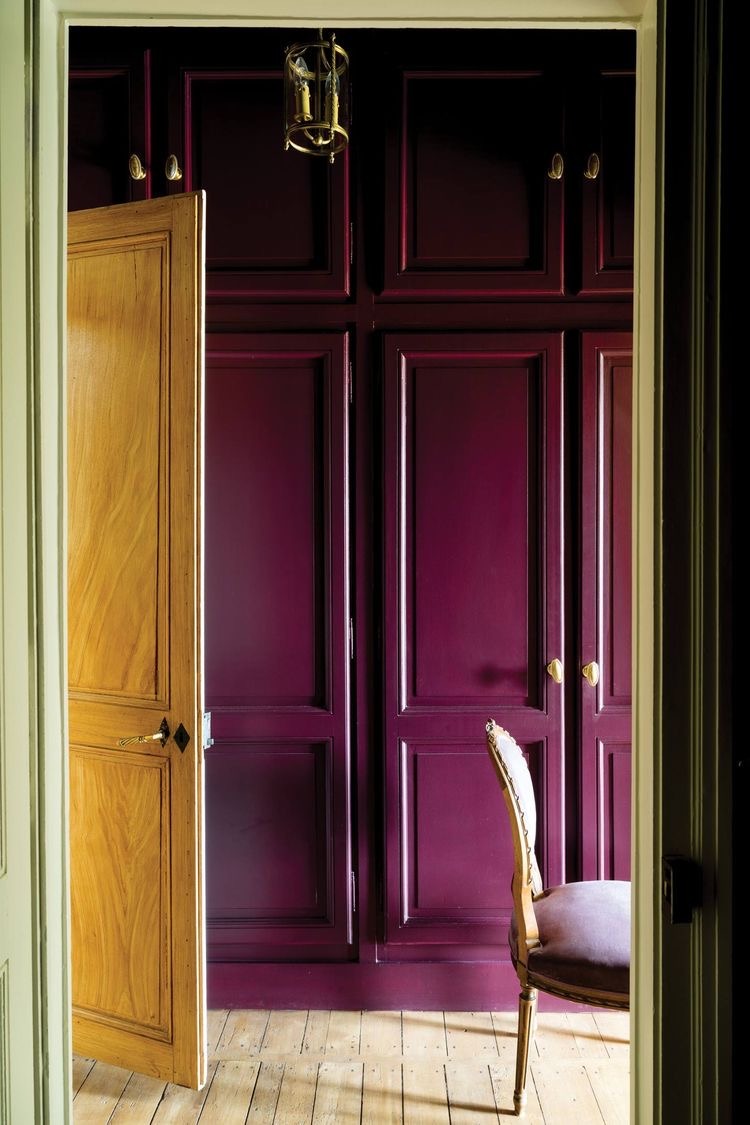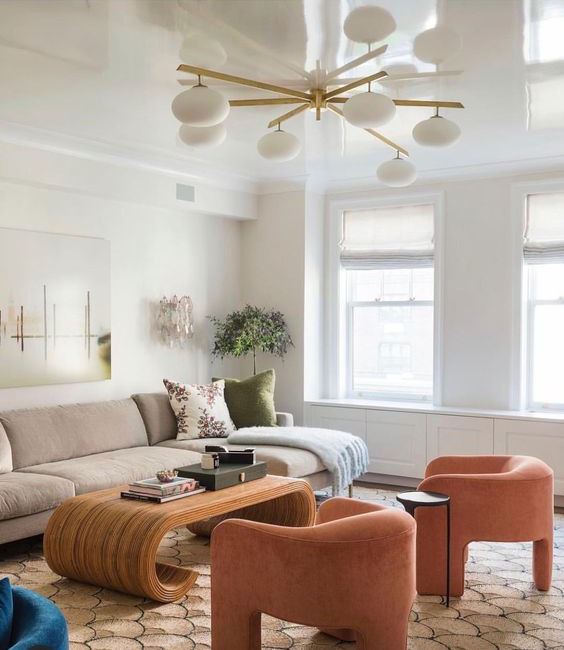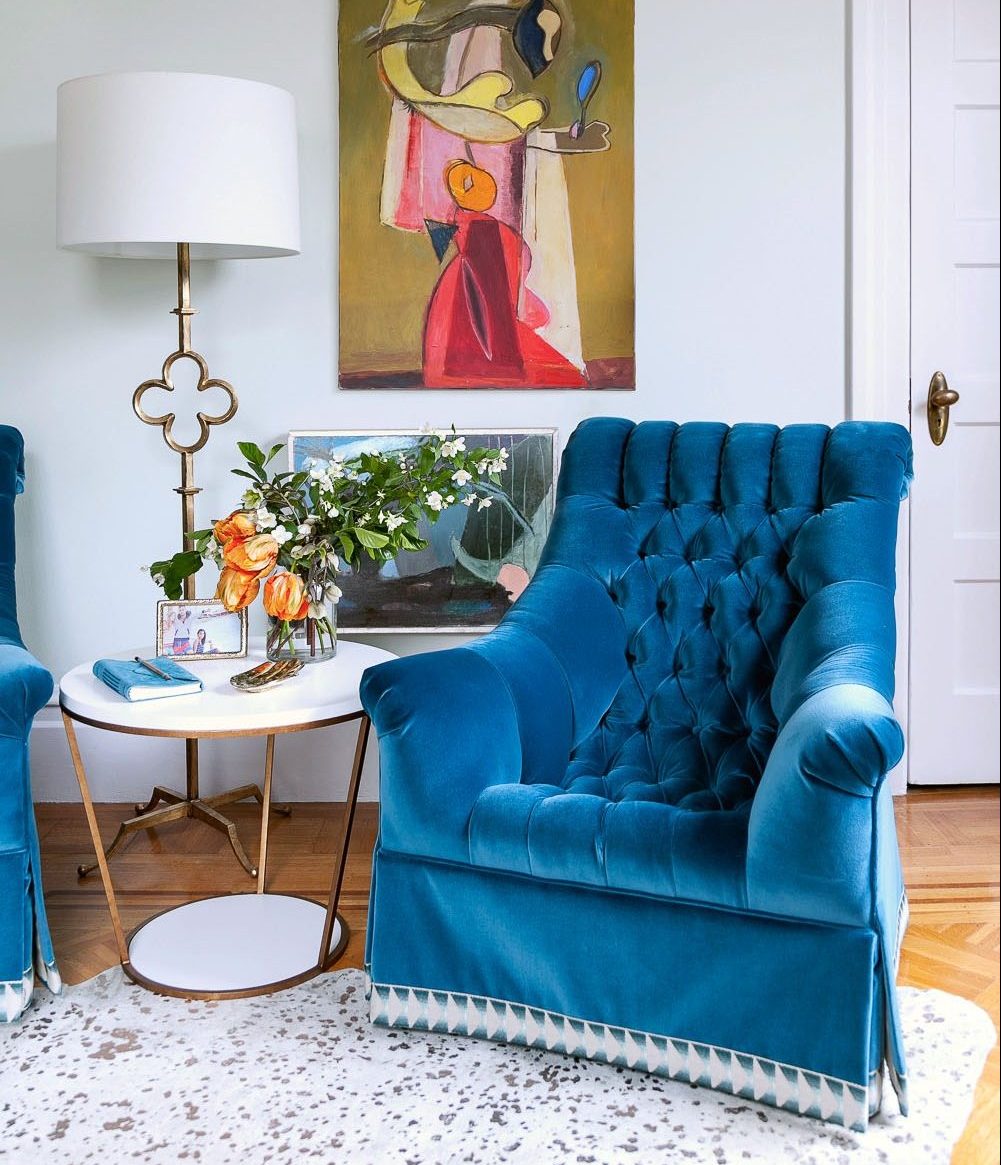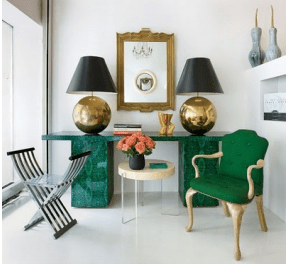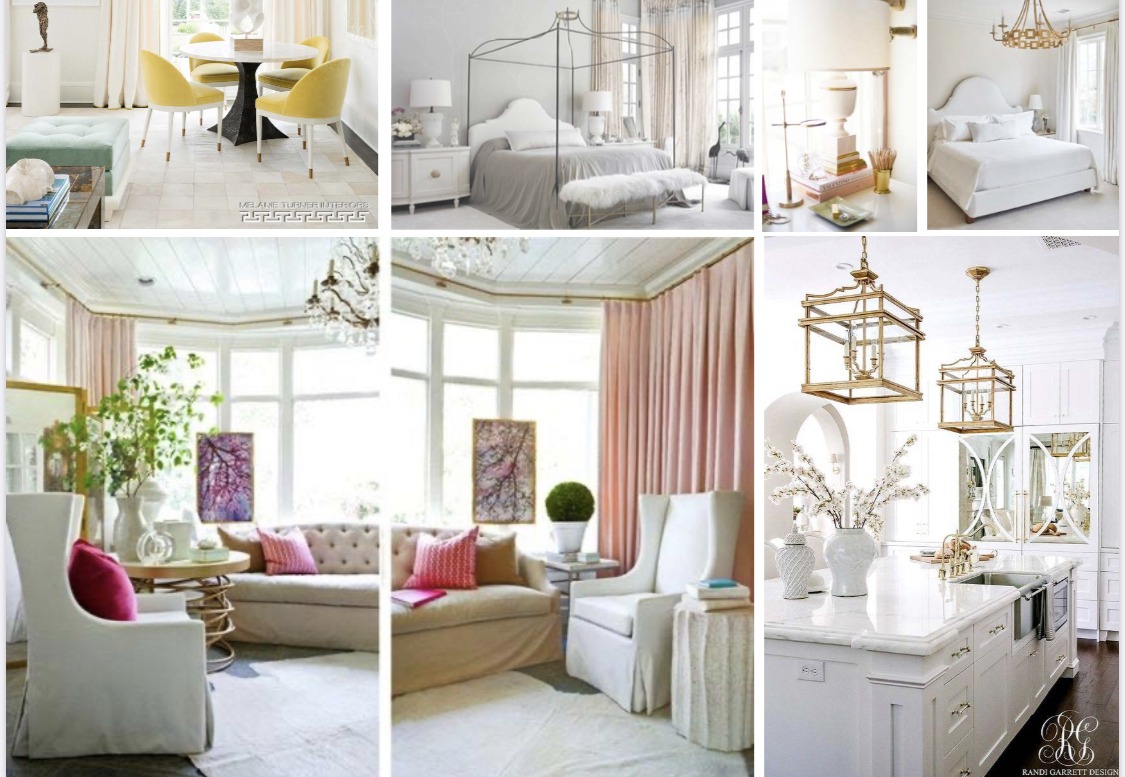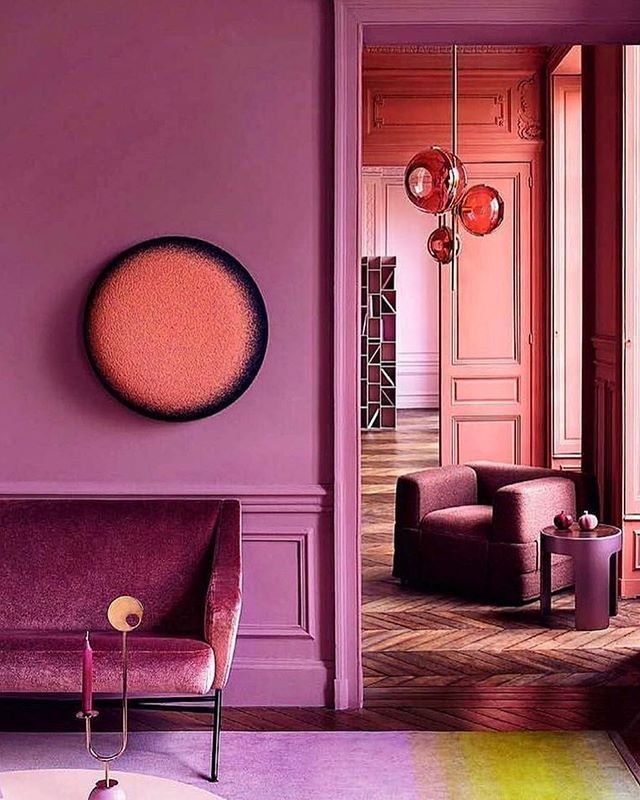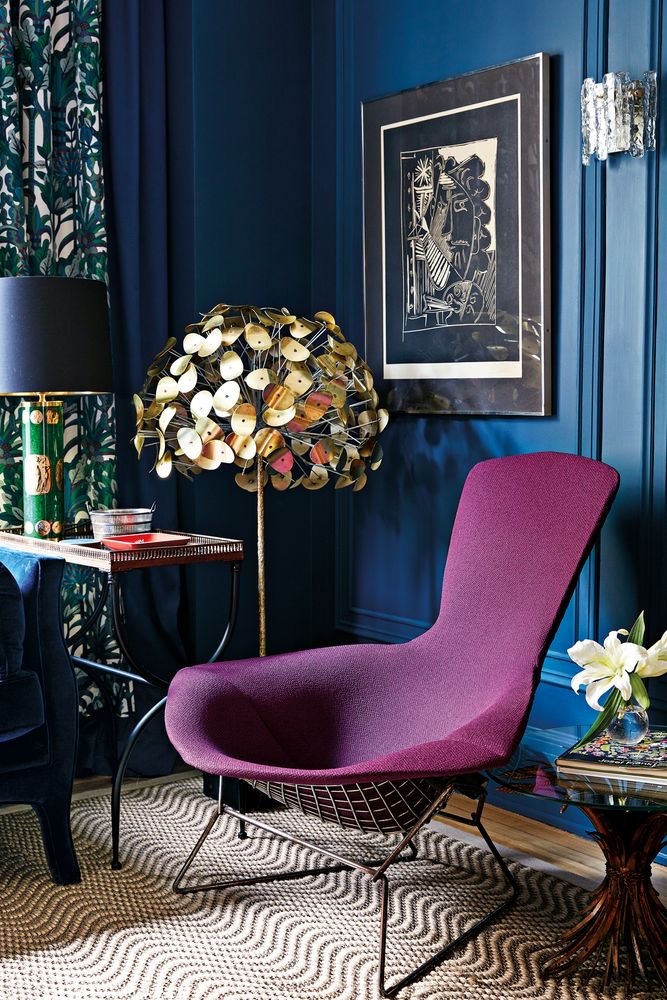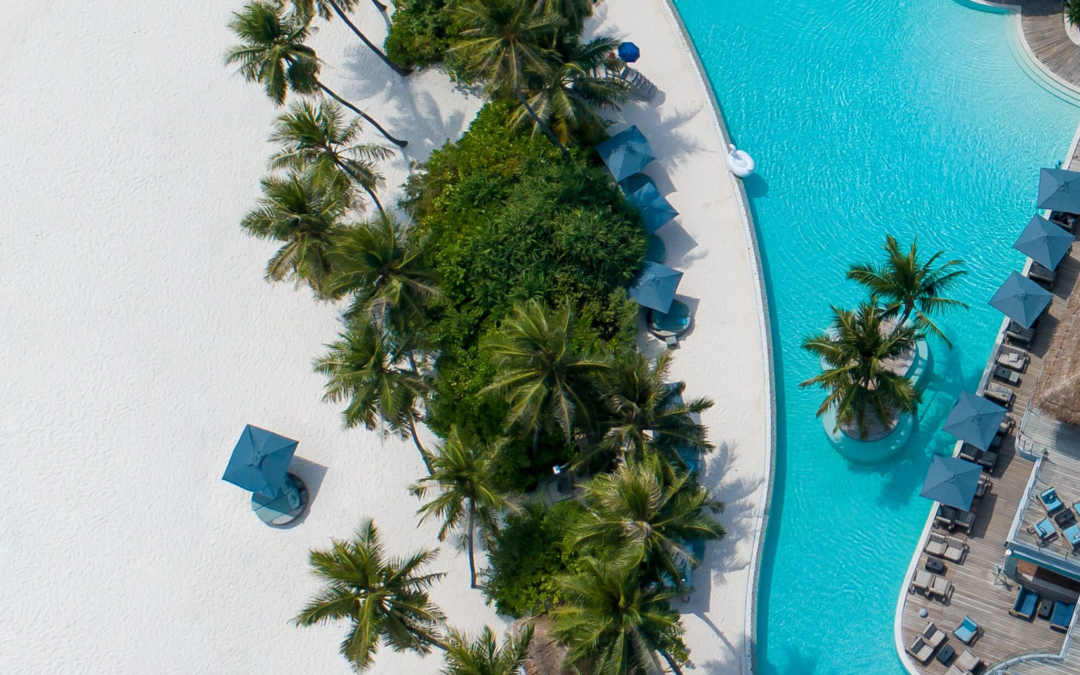
Top Hotel Interior Design Trends
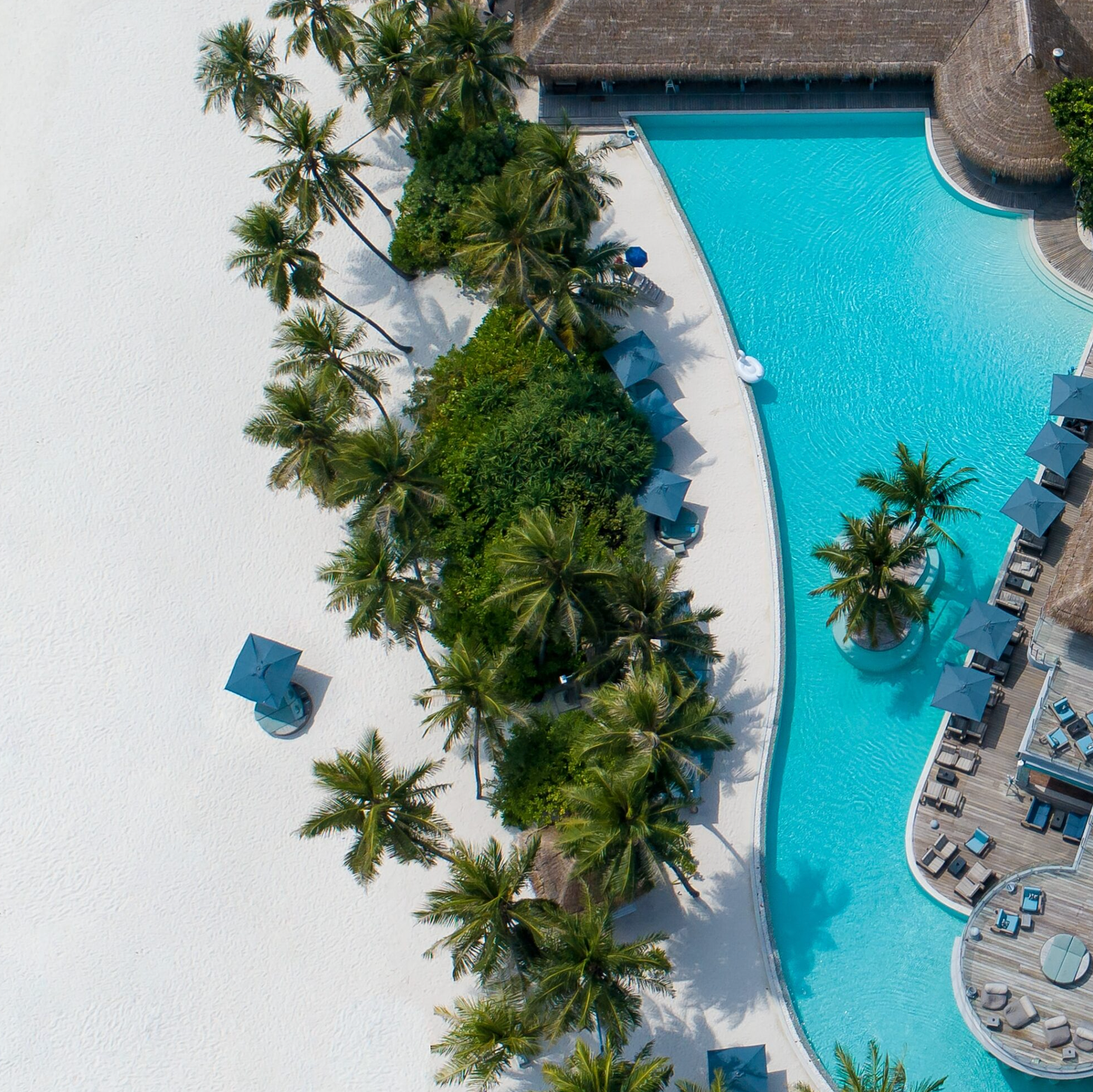
1. Sustainable and Eco-Friendly Practices:
-
Well Designed Energy-Efficient LED lighting: The lighting design plays a crucial role in setting a memorable ambiance and mood of hotel interiors. From warm and inviting lighting in lobby areas to adjustable reading lights and ambient lighting in guest rooms, well-designed lighting creates a sense of comfort and luxury.
-
Passive Solar
-
Waste reduction: Beyond aesthetics, it’s about responsible management. Water-saving fixtures, waste reduction strategies, green low-wash initiatives, and a commitment to recycling.


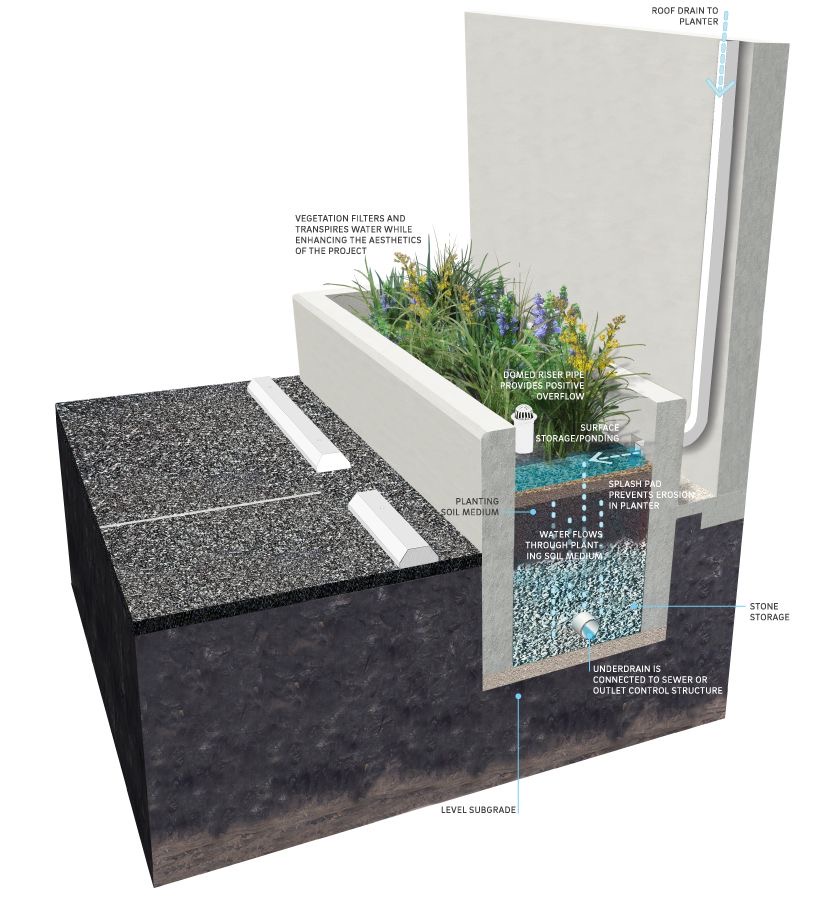

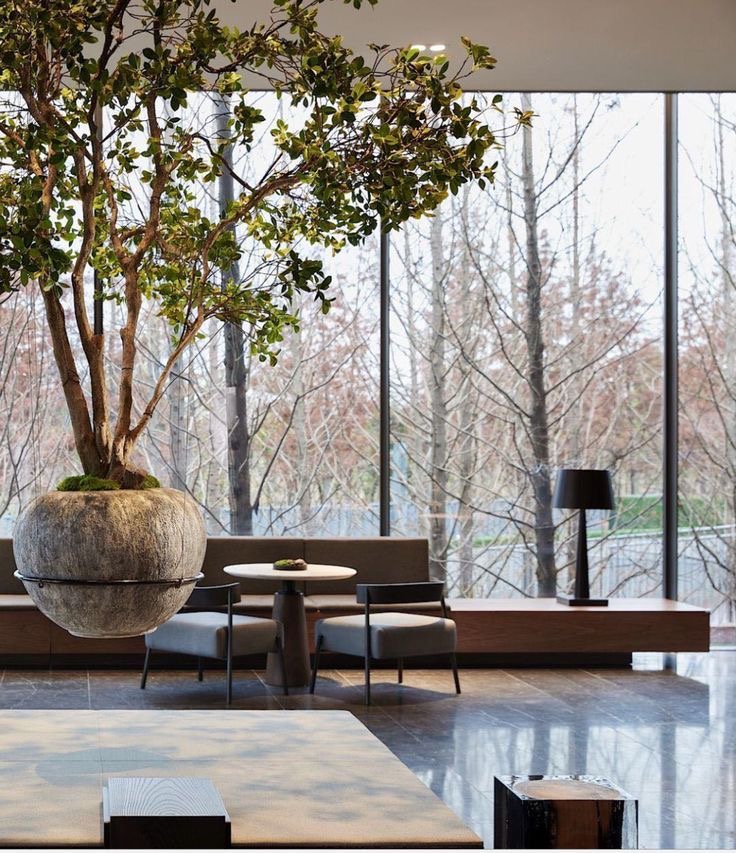
2. Biophilic Interiors
- Indoor Plants, Gardens and Living Walls: Bringing nature indoors with automated watering is necessary to keep a space from looking sterile and commercial.
- Atriums and Large windows: The orchestration of natural light through expansive windows, panoramic views, skylights, and the careful integration of atriums transforms hotel spaces into sanctuaries where guests find solace and inspiration.
- Natural materials: Use of authentic materials like wood and stone portray quality and are an affordable way to achieve an expensive look.
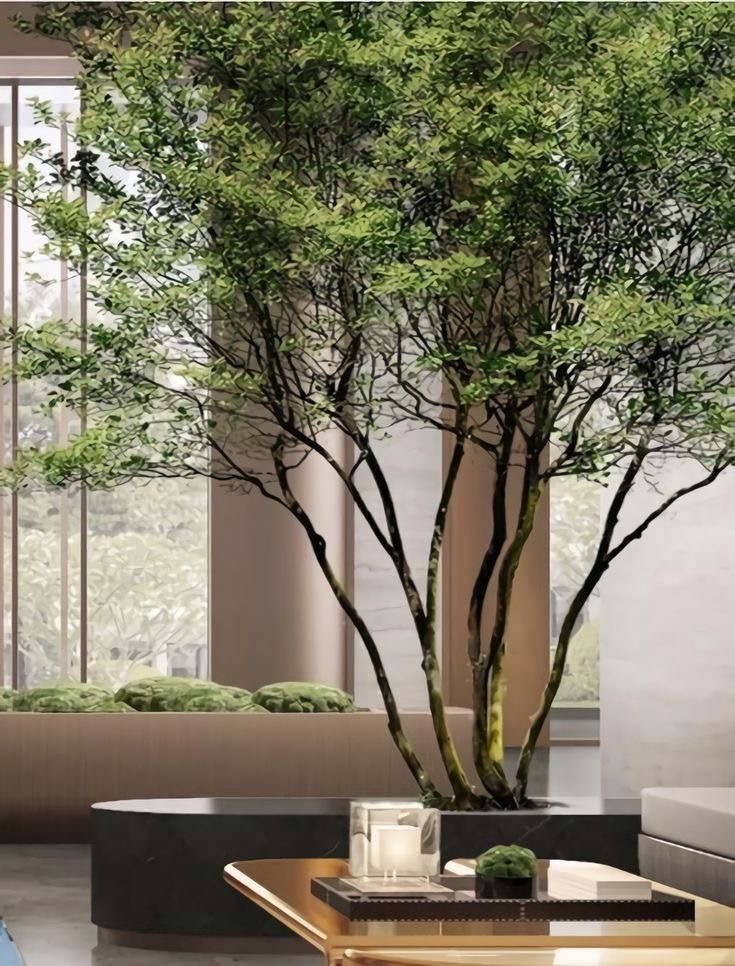
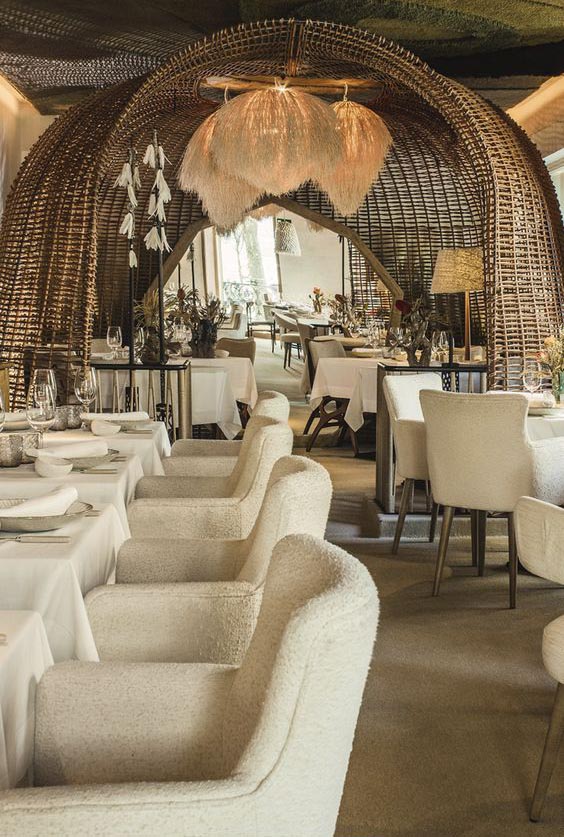
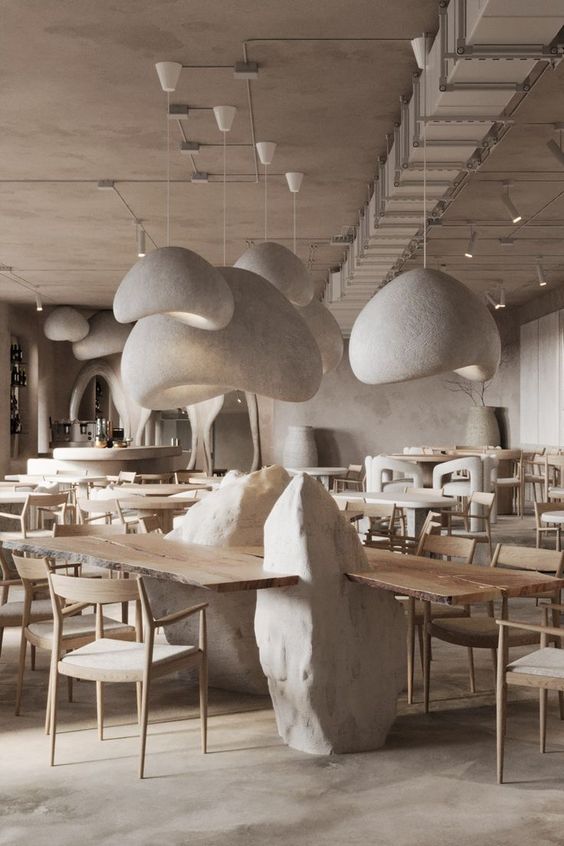
3. Technology Integration
- Mobile check-ins and keyless entry systems: Your smartphone becomes your key to a world of luxury and comfort as hotels leverage digital systems to offer hassle-free check-ins and keyless room access.
- In-room Automation: Through intuitive smart systems, guests can customize room features like lighting and temperature with effortless ease.
- Personalized recommendations: Thanks to artificial intelligence, hotels can now provide recommendations that cater to individual preferences, turning the stay into a bespoke journey.
- Mobile Apps: Cutting-edge mobile applications put guests in command, allowing them to personalize their environment, request services, and access vital information from their fingertips.
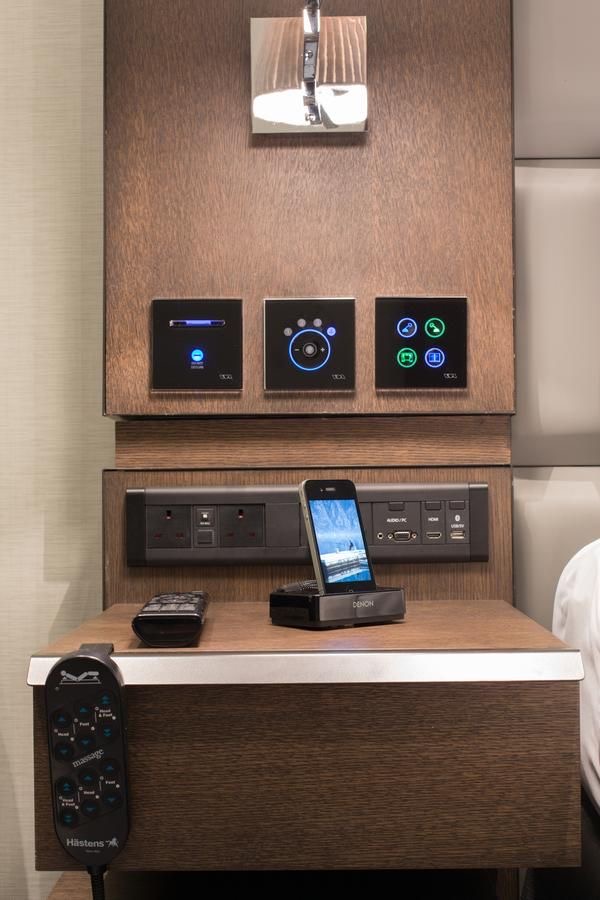

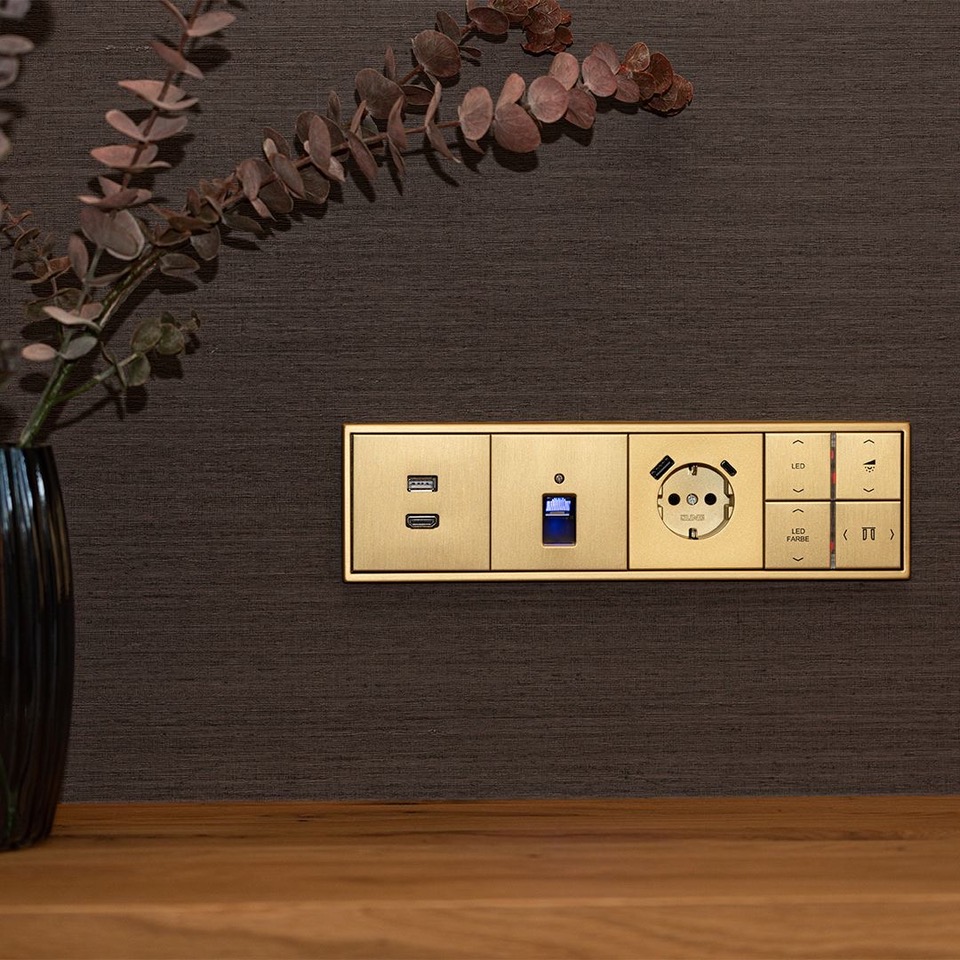
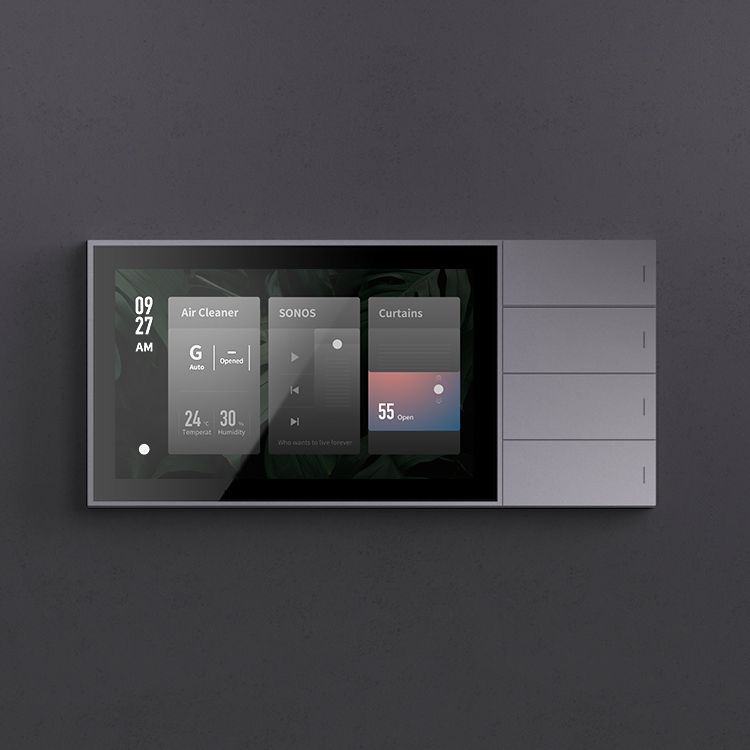
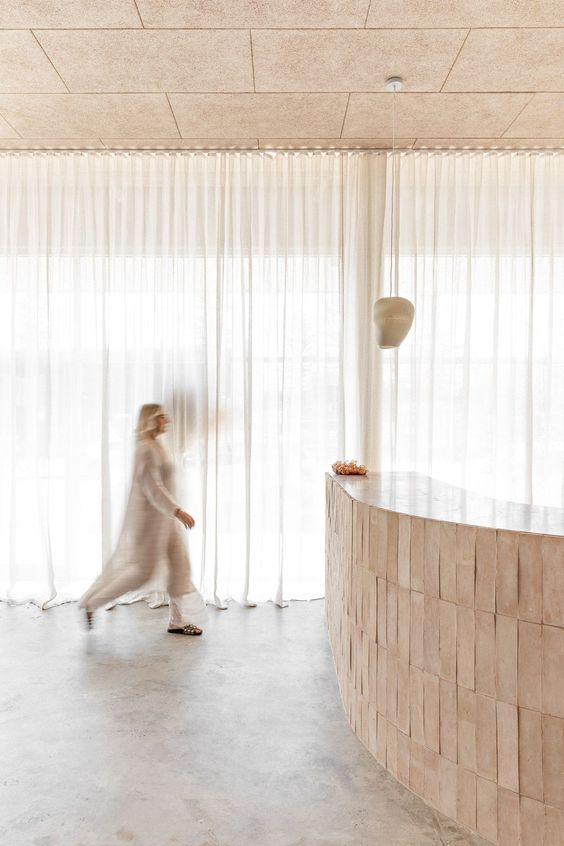
4. Multi-functional Spaces and Comfortable Spaces
Hotels are reimagining their spaces to cater to the changing needs of guests. Flexible and multi-functional spaces are becoming more popular, allowing hotels to accommodate various events and activities. From co-working spaces to pop-up shops and art galleries, hotels are creating dynamic environments that appeal to both guests and the local community.
- Thoughtful Design and Cozy Nooks: Design, comfort, and groupings in a vast space is a hallmark of my work. Thoughtfully designed seating areas, communal spaces, and cozy nooks provide guests with comfortable spaces for relaxation, work, or socializing. By offering versatile and inviting spaces, hotels foster a sense of comfort and enhance the overall guest experience.
- Co-working Spaces: Not hidden away in a stale room, co-working spaces offer more than just a desk; they offer a comfortable, social environment conducive to productivity and networking.
- Pop-up Shops and Art Galleries: By hosting pop-up shops and collaborating with local artists, hotels create cultural microcosms that bridge the gap between guests and the local community. These spaces can be set aside in the lobby with curtain tracks.
- Versatile Event Venues: Flexibility is paramount. Hotels offer versatile event spaces that can be tailored to host various events and activities.
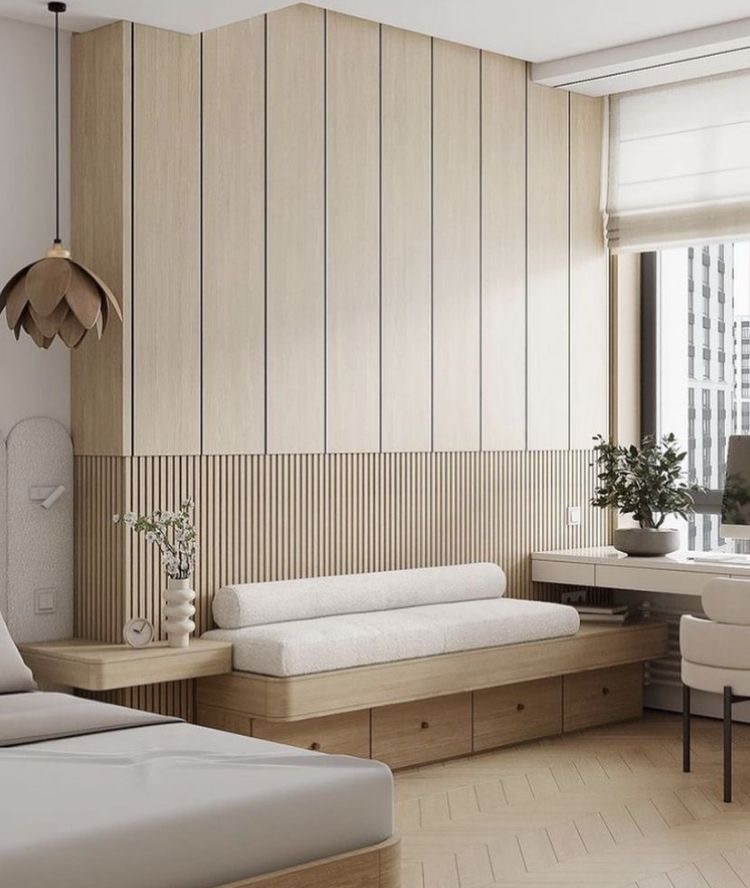
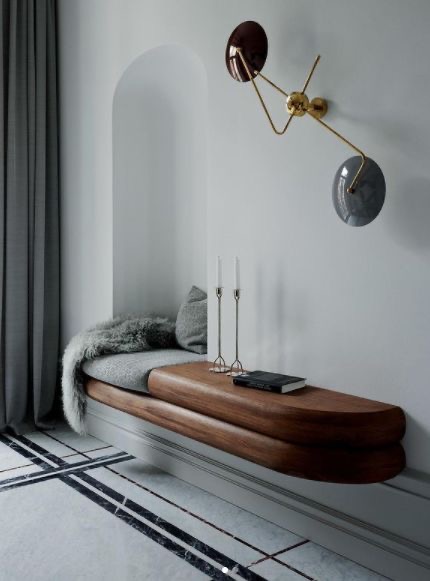
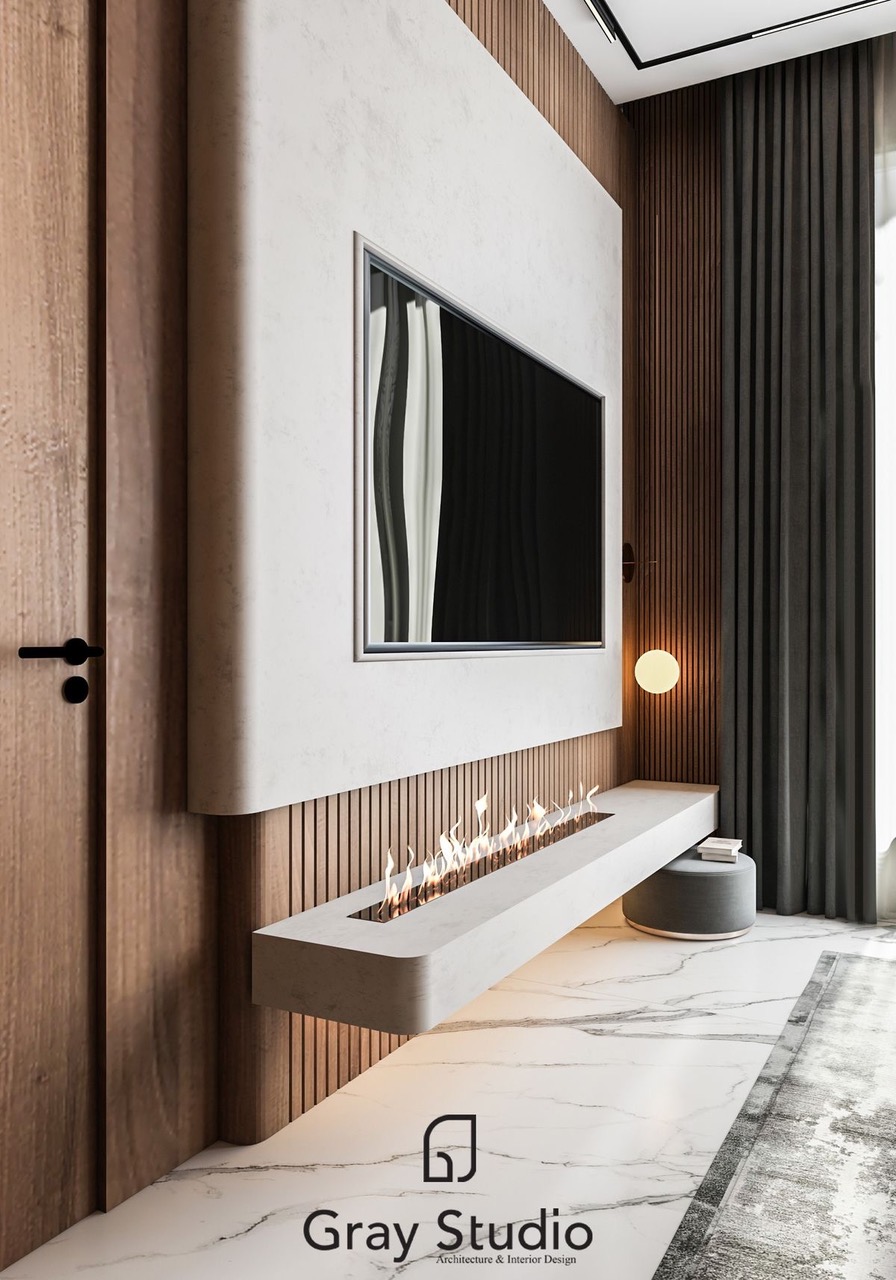
5. Wellness and Well-being
Guests are increasingly prioritizing their health and well-being when choosing a hotel. Wellness amenities now include fitness centers, yoga studios, spa facilities, healthy dining options. Personalized wellness programs are also on the rise, providing guests with opportunities to rejuvenate and maintain their well-being during their stay. Combining business trips with leisure and services results in a need to cater to both business and leisure needs, such as conference facilities as well.
- Fitness Centers: Elevating the hotel guest’s workout experience by incorporating state-of-the-art fitness centers with modern equipment.
- Yoga Studios: Hotels are providing dedicated spaces for yoga and meditation.
- Pool and Spa Facilities: A sanctuary for body and soul hotel pools allow guests to relax and rejuvenate during their stay.
- Healthy In-Room and Restaurant Dining: The menu extends beyond traditional offerings, including Gluten Free/Vegetarian/Keto options.
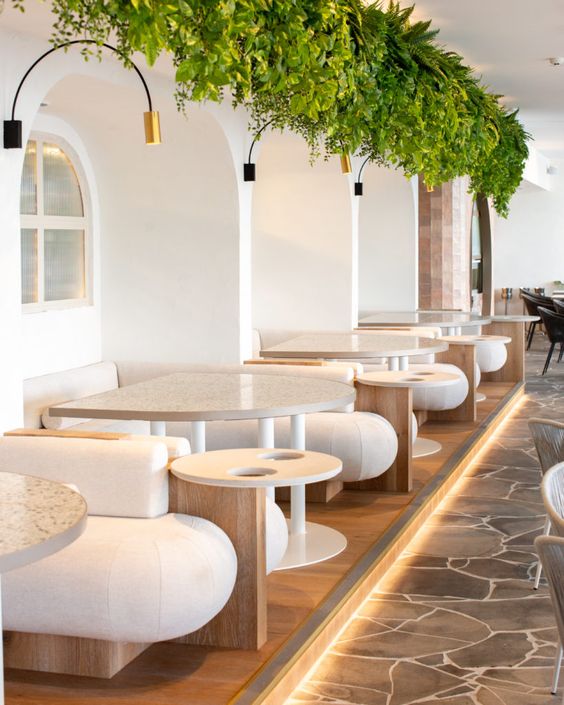
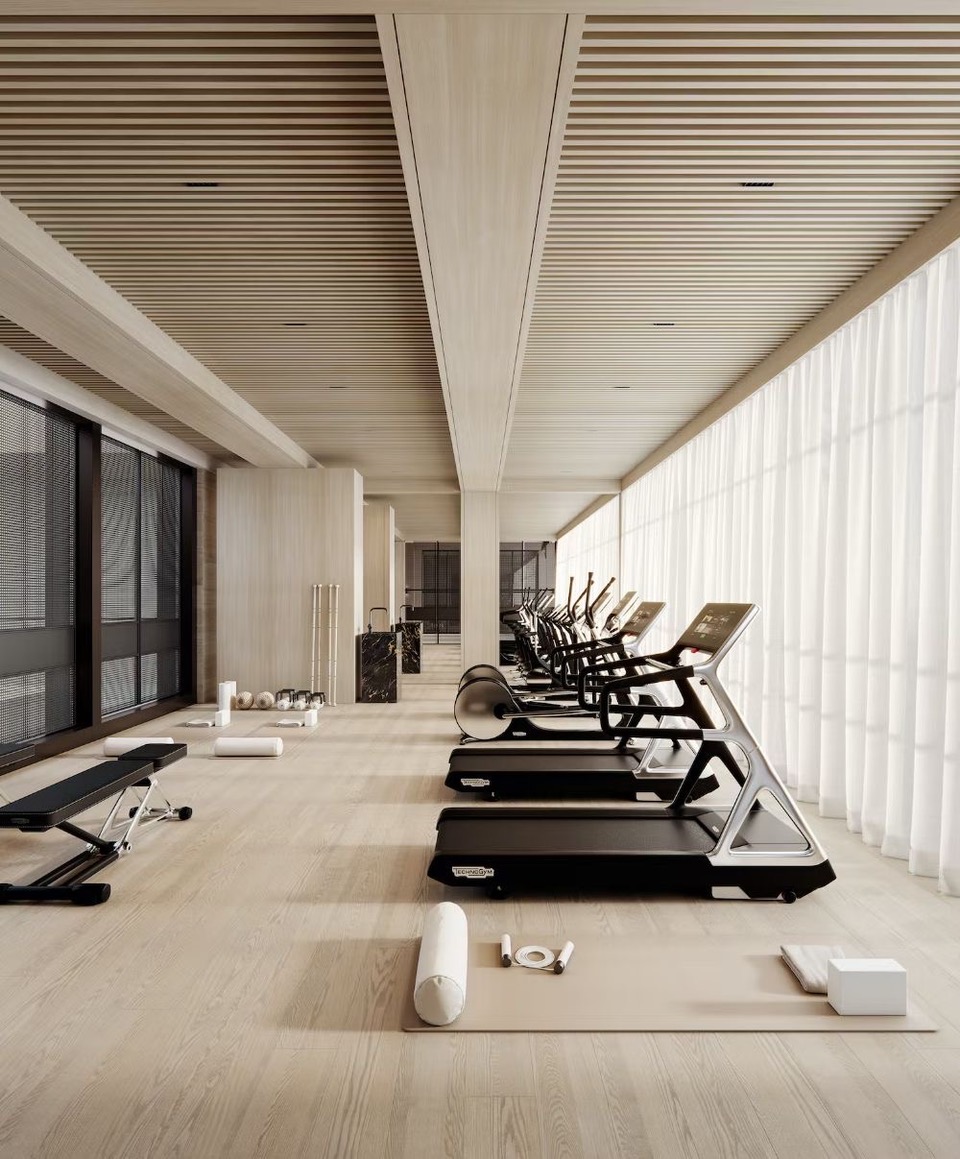
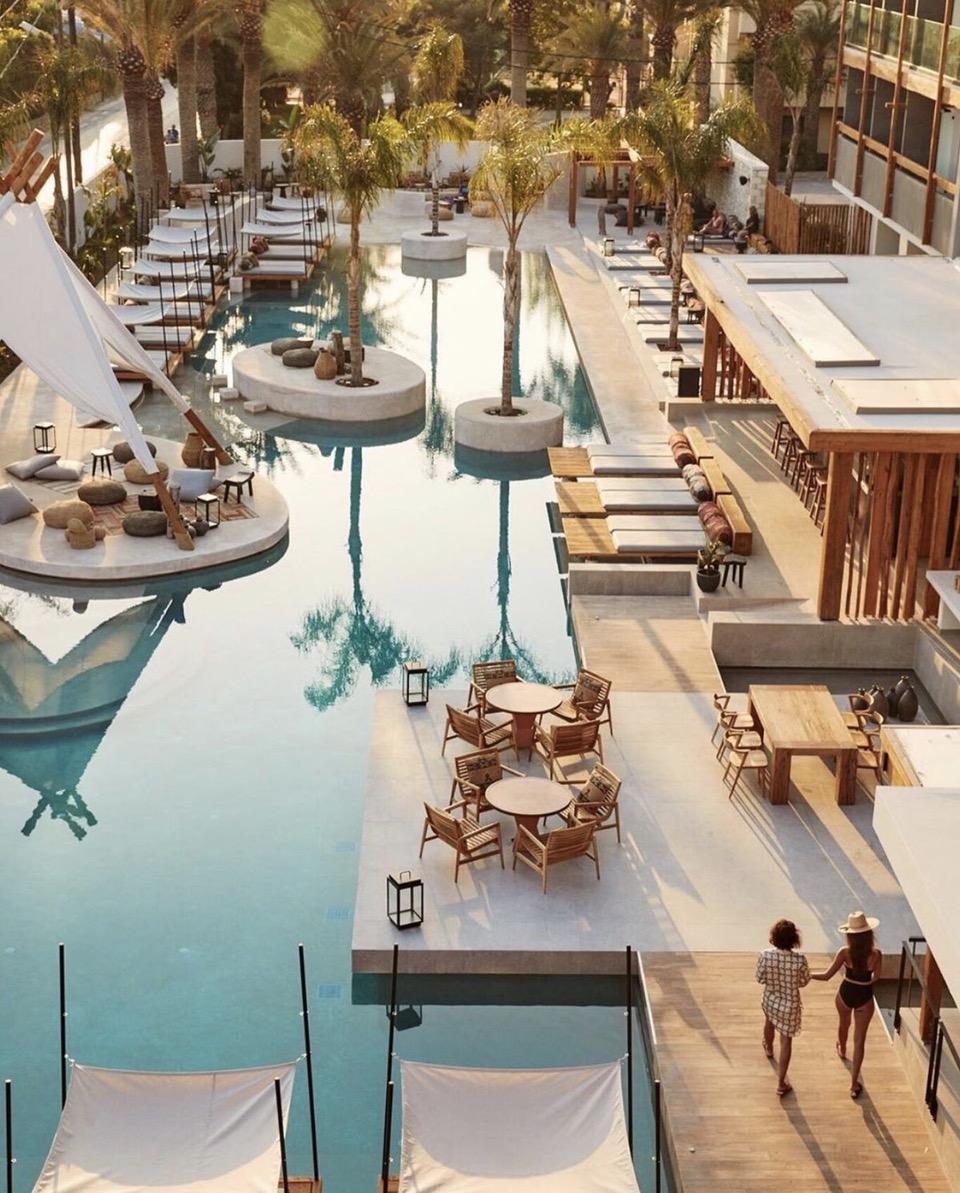
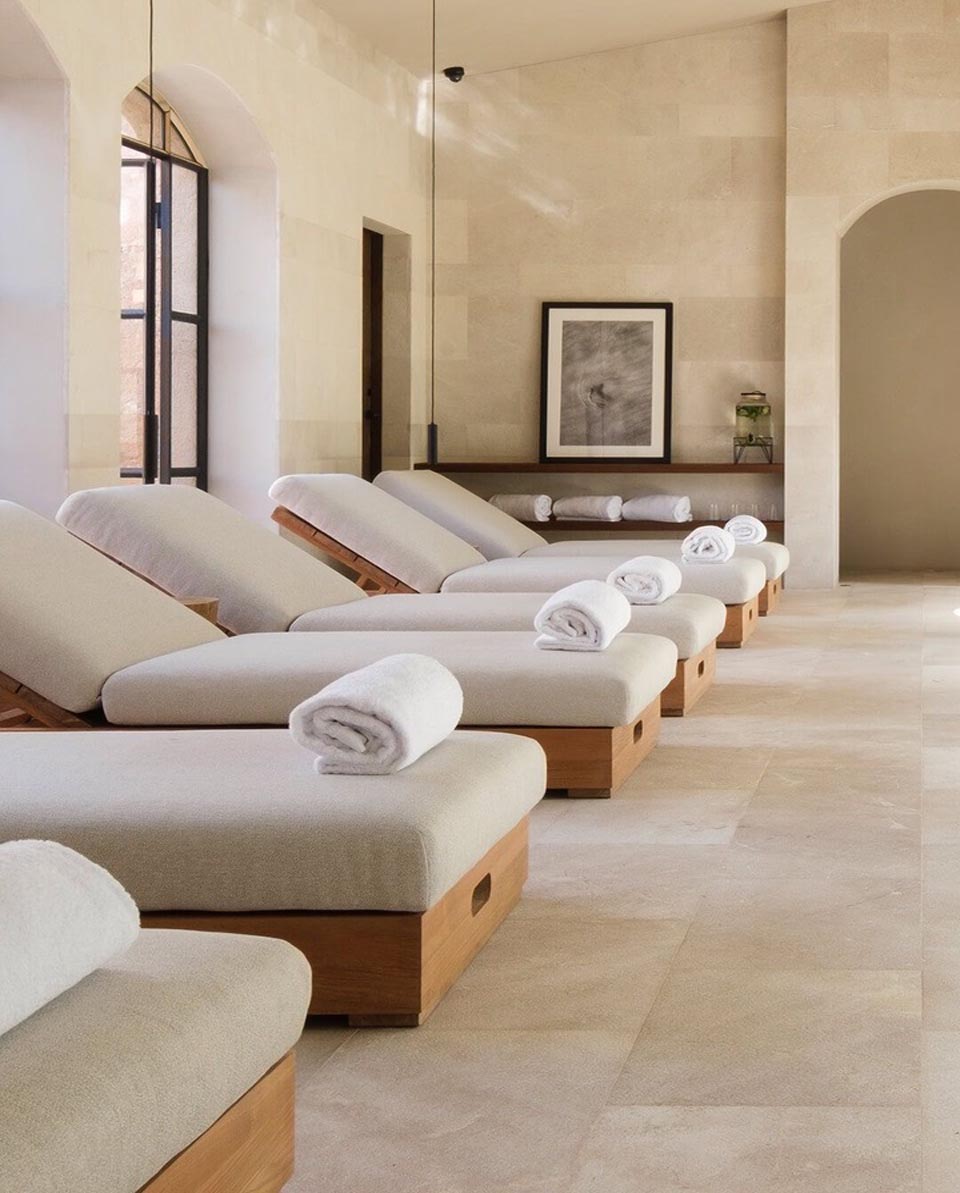

6. Personalization and Customization
- Tailored Room Amenities: The era of one-size-fits-all is behind us. Now, personalized room amenities elevate the guest’s experience, making it truly exceptional.
- Curated Local Experiences: Hotels are weaving the local culture into the guest experience, offering curated, authentic experiences that resonate with the destination’s spirit.
- Customized Recommendations: By analyzing guest preferences and previous stays, hotels are using data-driven AI to offer guests recommendations that align with their interests, saving them precious time in research and planning.
- Customized Concierge Services: Guests no longer need to fit into a template; hotels are fitting their services around each guest’s unique needs and desires.
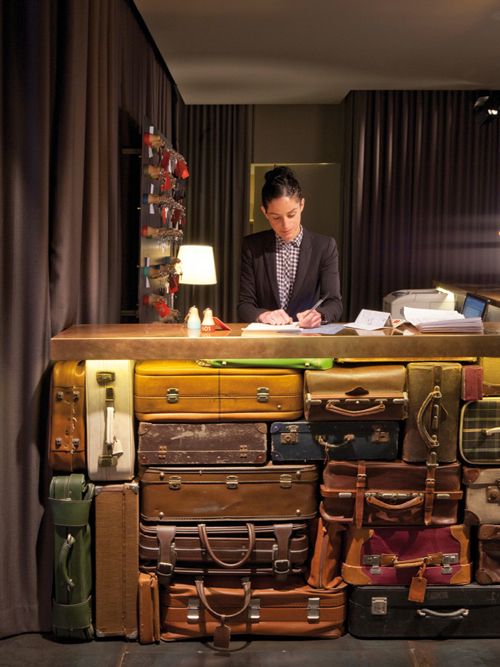

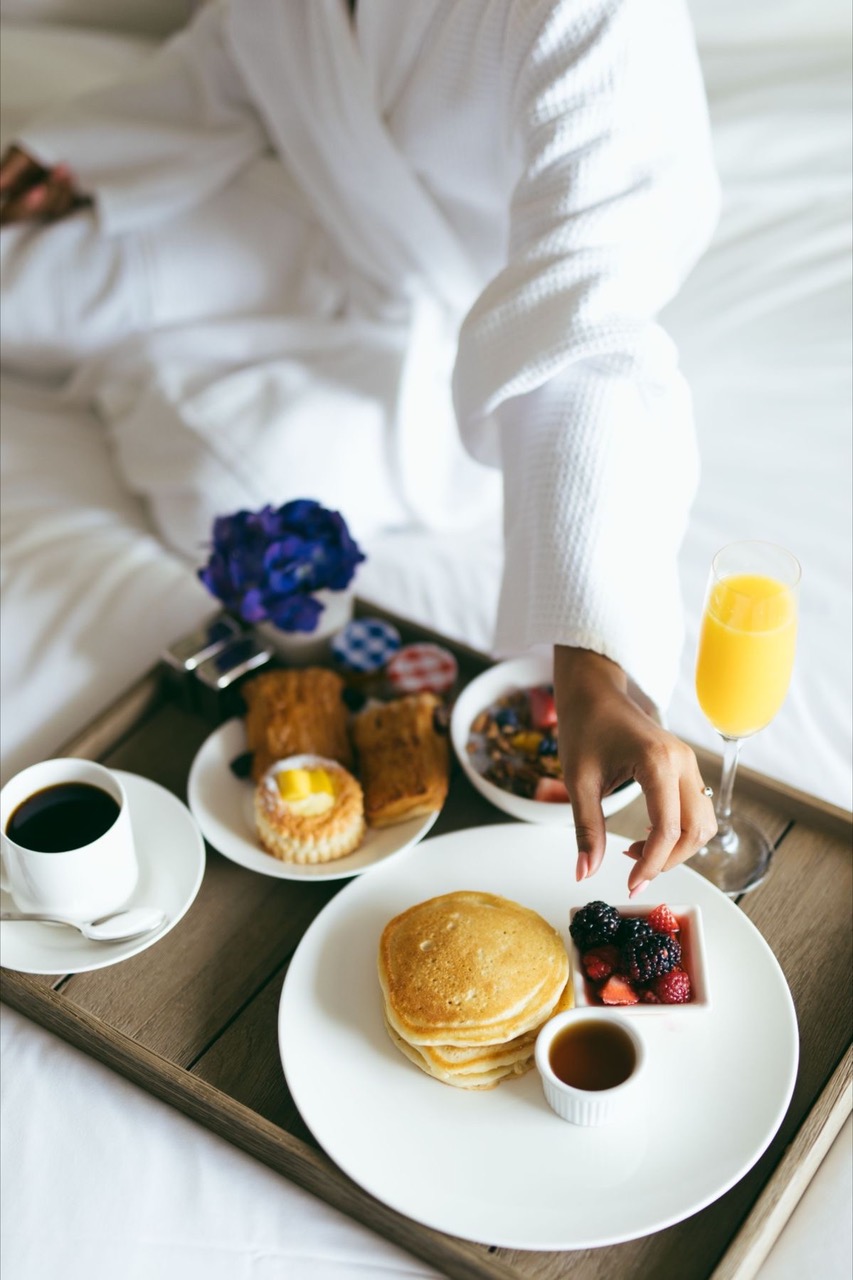
7. Immersive Art, Cultural Integration, Sense of Place
- Celebrating Local Artwork: By displaying paintings, sculptures, and other forms of artwork created by local artists, hotels can showcase the talent and creativity of the destination they are situated in. This not only creates a visually appealing environment but also allows guests to immerse themselves in the local culture and art scene.
- Traditional Motifs and Designs: Traditional motifs and designs into their interior spaces. By using elements inspired by the local culture, such as traditional patterns, colors, and materials, hotels can create a sense of place and authenticity. Whether it’s incorporating intricate Moroccan tiles in a hotel lobby or adorning guest rooms with Chinese calligraphy-inspired wallpaper, these design choices enable guests to feel a genuine connection to the destination’s cultural heritage.
- Showcasing Local Artists: Supporting local artists and providing them with a platform to showcase their work. Many establishments have started collaborating with artists from the community, dedicating gallery spaces within the hotel premises to exhibit their art. This not only gives guests the opportunity to appreciate and purchase unique artwork but also fosters a sense of connection between guests and the local art scene. Moreover, some hotels even organize art workshops and events, allowing guests to actively engage with the artists and gain deeper insights into the local culture.
- Enhancing the Guest Experience: By immersing guests in the local culture through art, hotels create a memorable and engaging stay. Guests feel a sense of belonging and are more likely to develop an authentic connection with the destination. This connection can extend beyond the hotel walls, as guests explore the local community and seek out authentic experiences based on the cultural influences they have experienced.
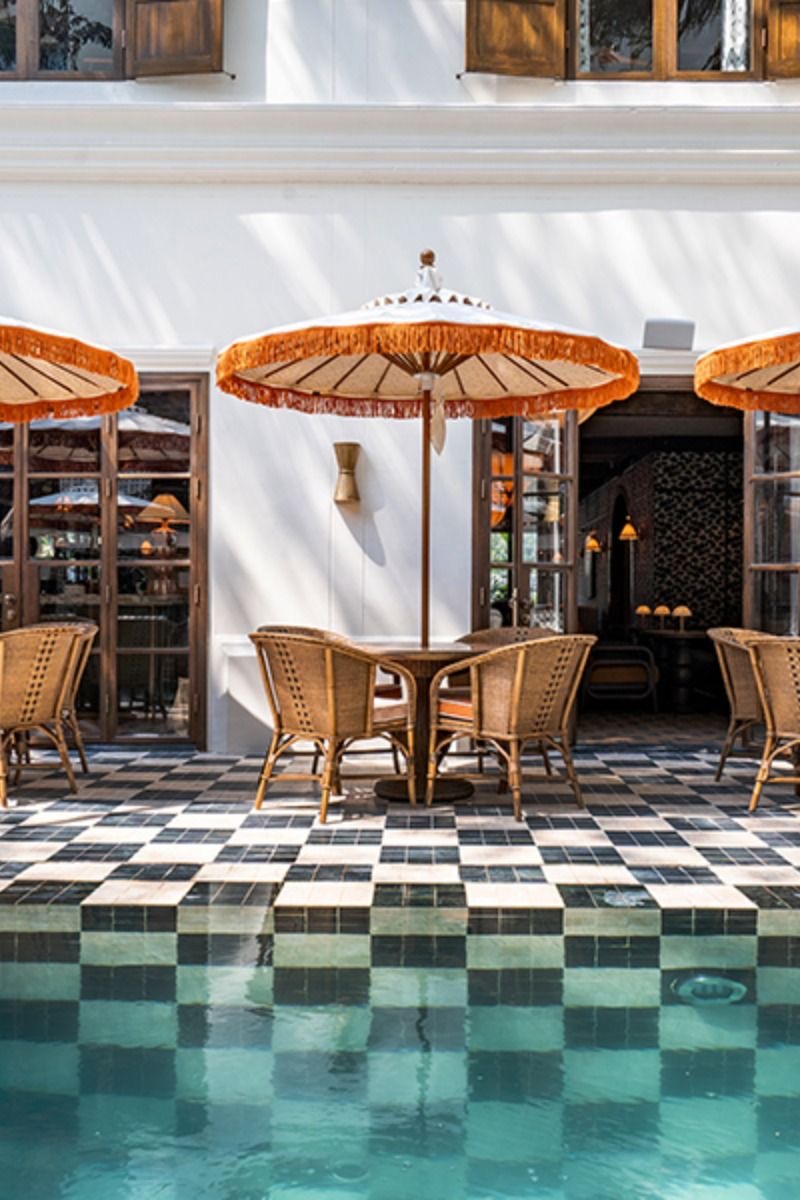
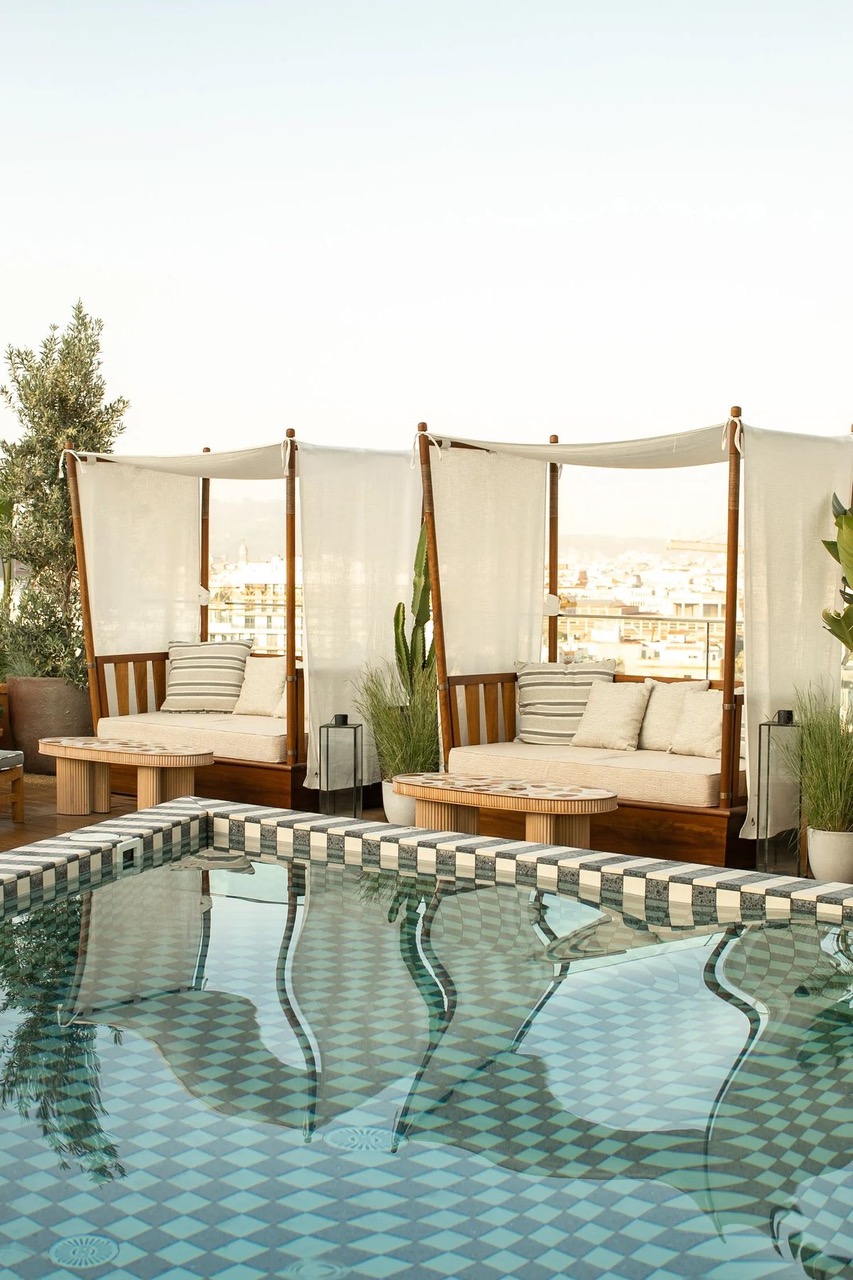
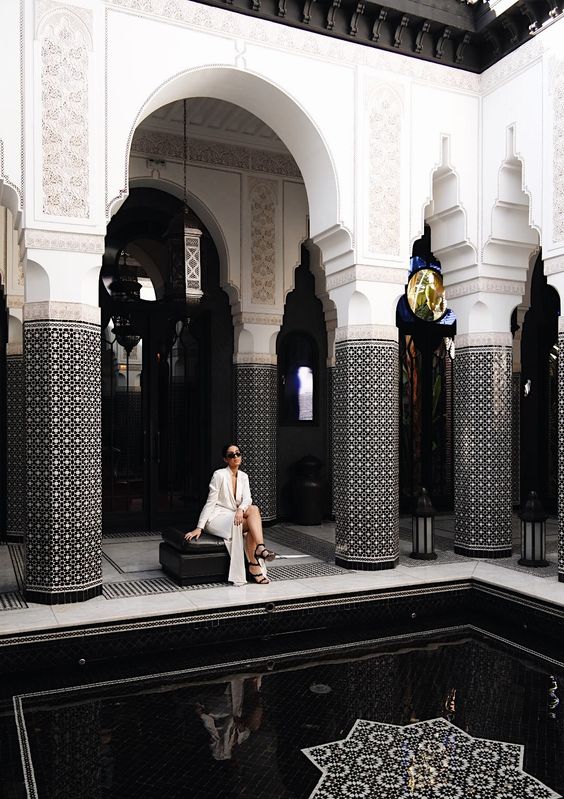
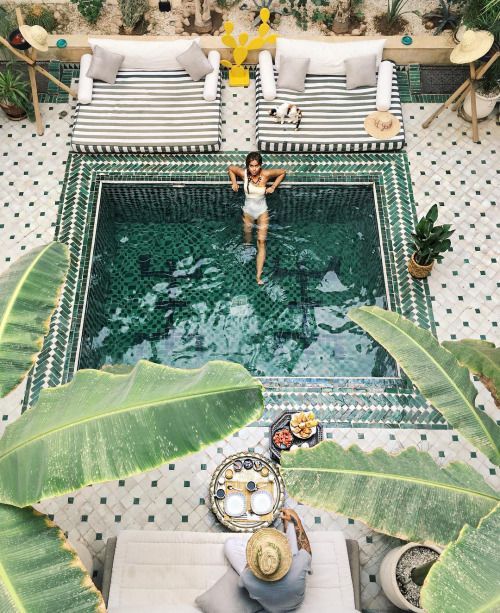
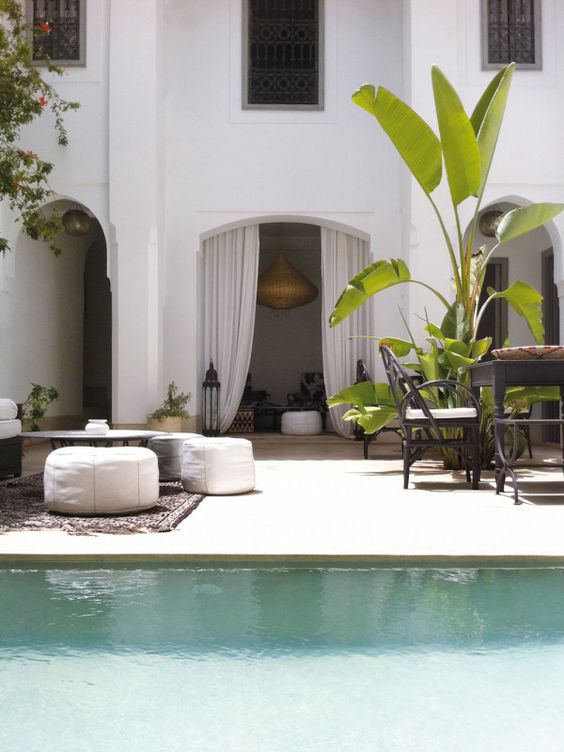
In sum these trends are reshaping the hospitality industry by incorporating sustainable practices, connecting guests with nature, leveraging technology for convenience, creating versatile spaces, prioritizing wellness and well-being, and providing personalized experiences. As the industry continues to evolve, interior designers and hotels continue embrace the ever-changing needs and preferences of travelers.
Take the first step towards creating your dream space. If you are a couple with multiple homes looking for a decorator near you, a hotelier doing a redesign, or a developer looking for top-notch interior design services near you, Rachel Blindauer and her team are here to bring your vision to life. With our wealth of experience and expertise, we can create stunning and functional spaces that exceed your expectations and bring you to a new height of design and sophistication.
Get Started Today
Let Rachel Blindauer help you think through your project starting with a complimentary consultation.


